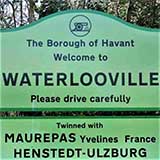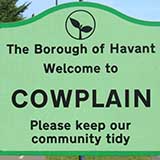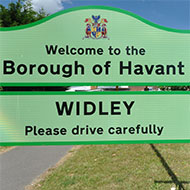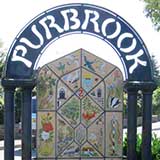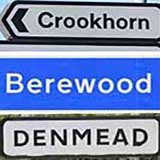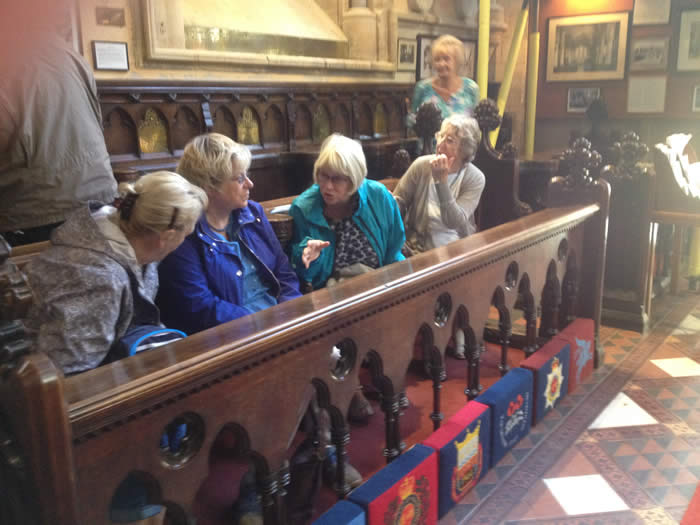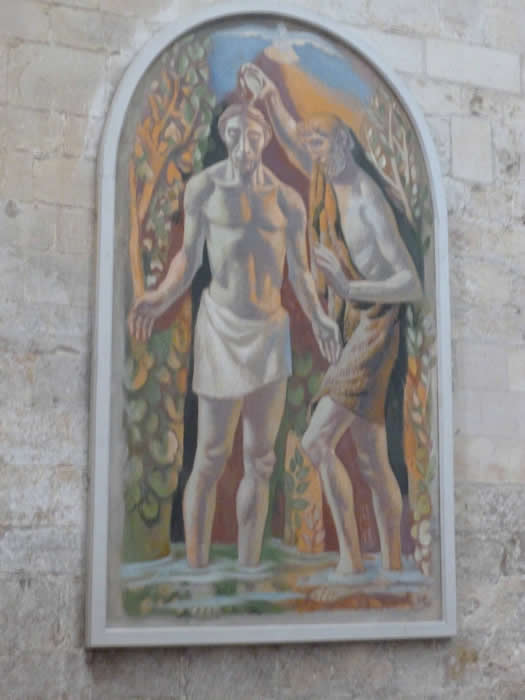Local History 2 Photos 2017
21st December 2017
Christmas Celebration - 'Folklore in Hampshire' a talk by Penny Legg
We were joined by some members from other Local History groups to hear local author Penny Legg give us an interesting and amusing insight into some local characters that have gone down into folklore history in her talk on 'Folklore in Hampshire'. Afterwards we all enjoyed a Festive tea to which all members contributed some fare.
Happy New Year to all Local History Members.
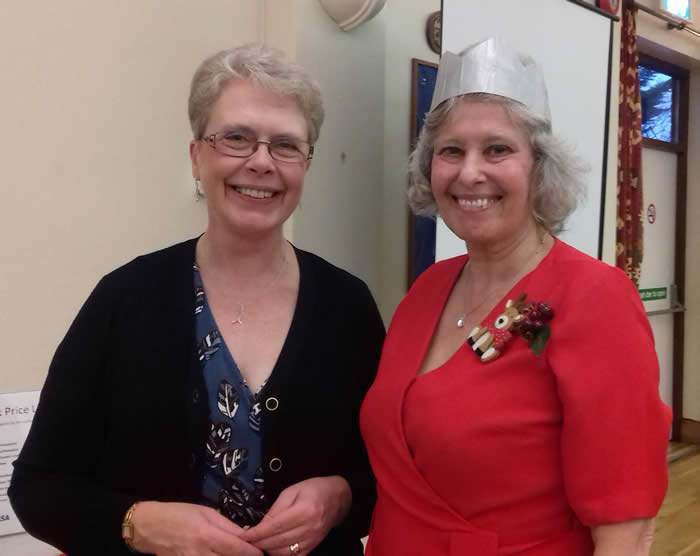

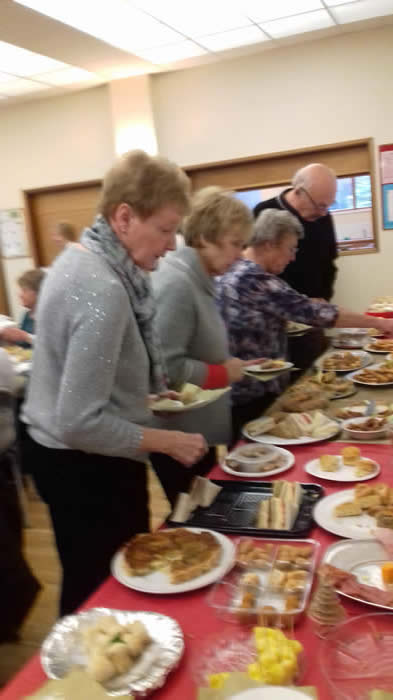
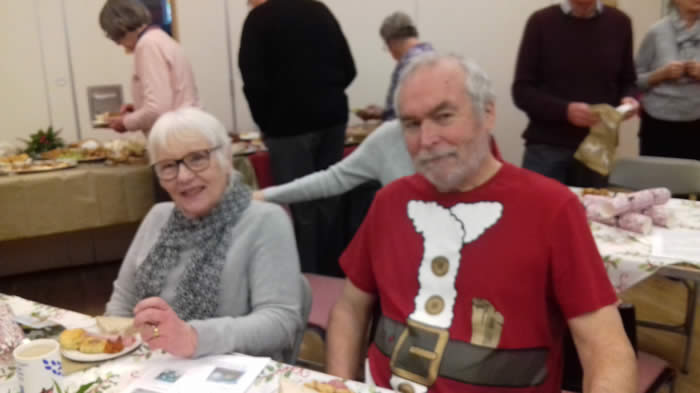
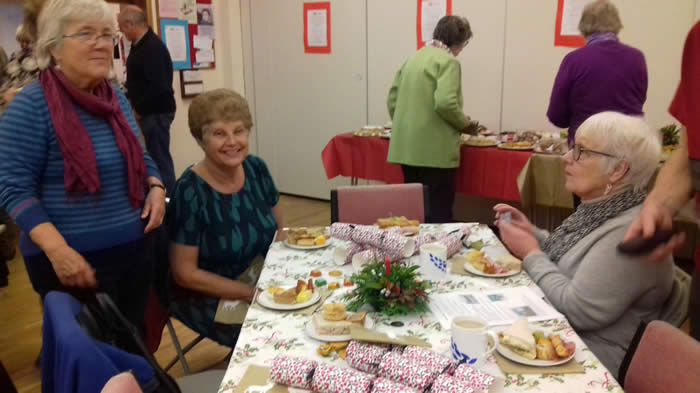
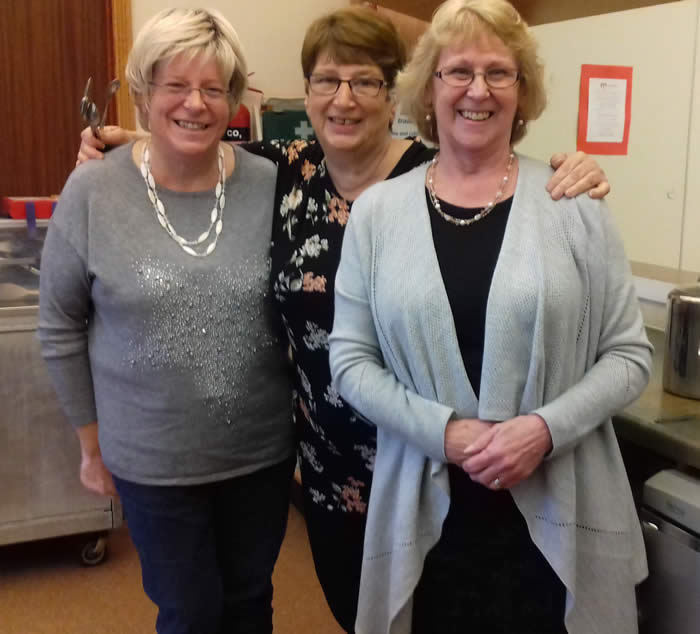
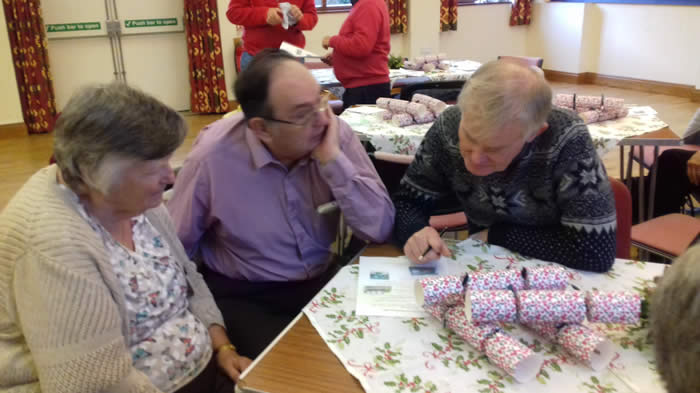
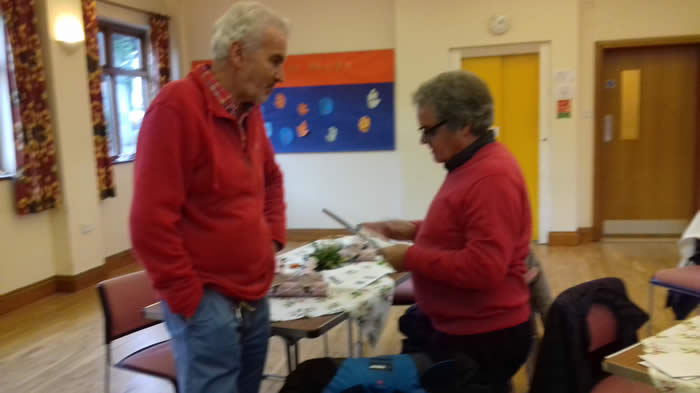
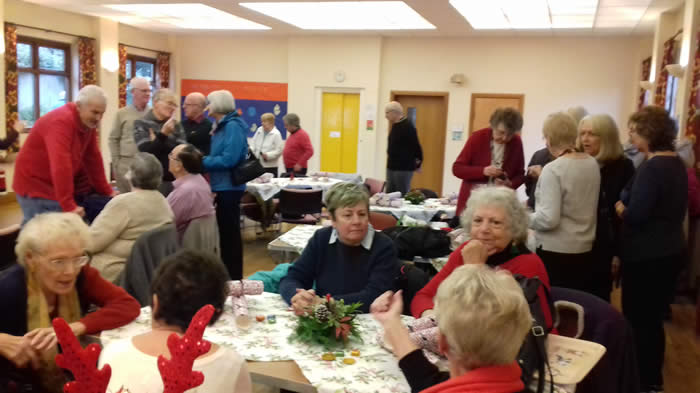
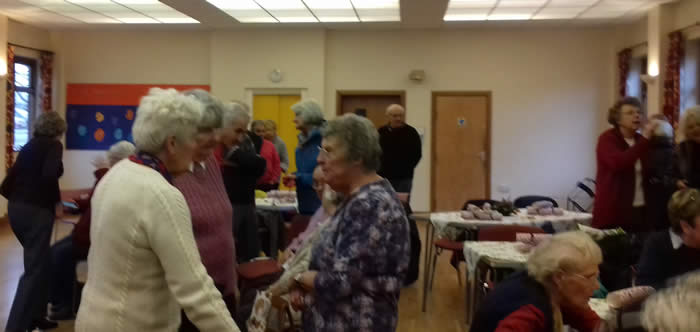
16th November 2017
Talk entitled "Local Yokels"
Three of our members volunteered to give a short talk on local people.
Mo Richardson gave a talk on Major Herbert "Blondie" Hasler who lived locally in Catherington. In 1942 Major Hasler headed a twelve man Operation, code name 'Frankton'. The mission was to row along the Gironde River to Bordeaux in kayaks, a.k.a Cockles. This operation was famously made into the film, 'The Cockleshell Heroes'.
Sue James told us about Rudyard Kipling's six year stay in Lorne Lodge, Campbell Road, Southsea. Born in India in 1865 he was five when he was sent from India to attend school in Portsmouth.
Sir Henry Cort was Bill Johnson's subject. Sir Henry (1740-1800) was an innovator of the Iron Industry during the Industrial Revolution and had a foundry in Fontley, Fareham.
Thank you Mo, Sue and Bill for all your research and informative talks.
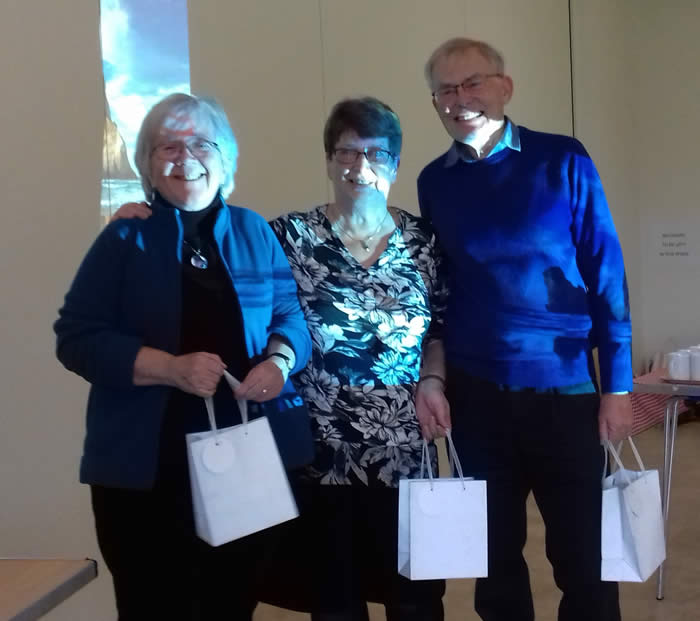
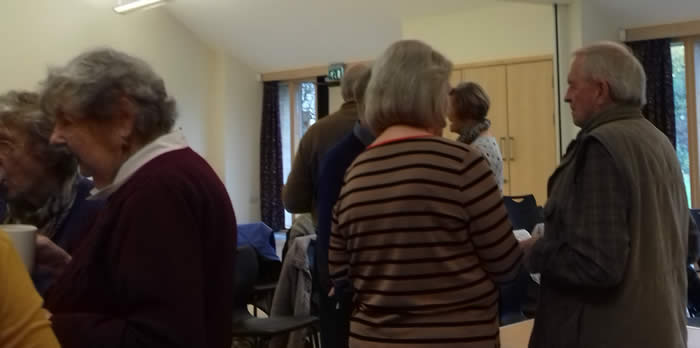
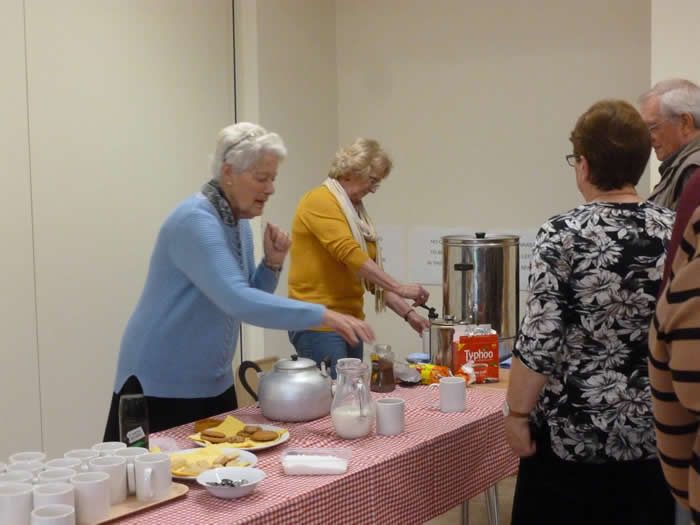
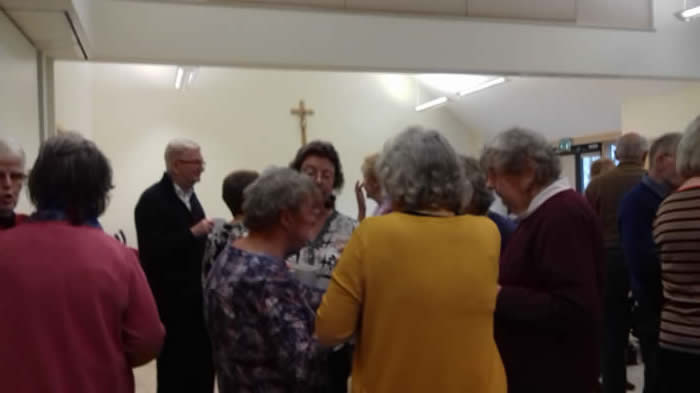
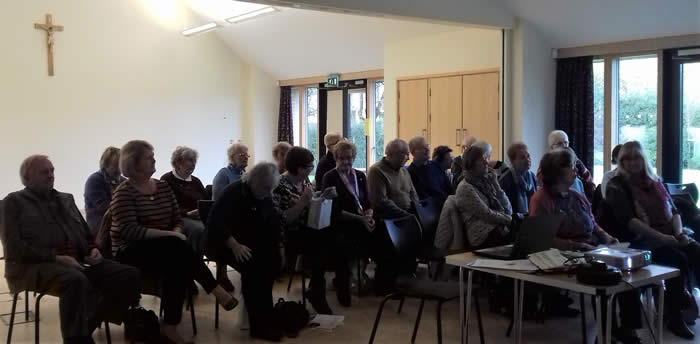
19th October 2017
A guided tour of Emsworth and it's Museum
Dr Margret Rogers, from Emsworth Museum, guided us around this lovely old town which still retains many of it's medieval layout of streets. In 1239 King Henry lll granted a charter to the town to hold a monthly market, which continues to this day; it also has a long history of fishing and boat building industries. The Museum, although small, is packed with all kinds of artefacts and displays of local history. Our afternoon ended with tea and cake in Café Mocca which is opposite the Museum.
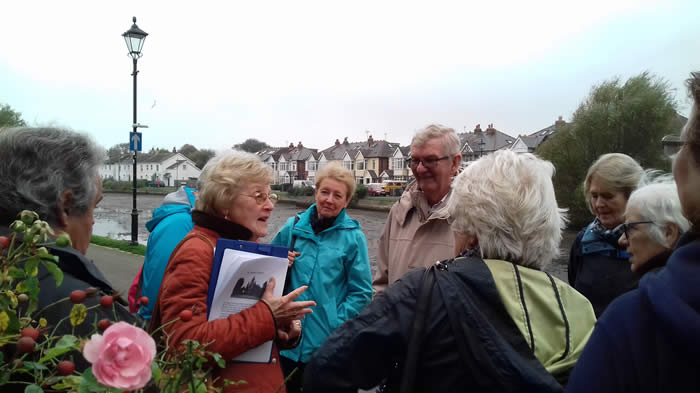
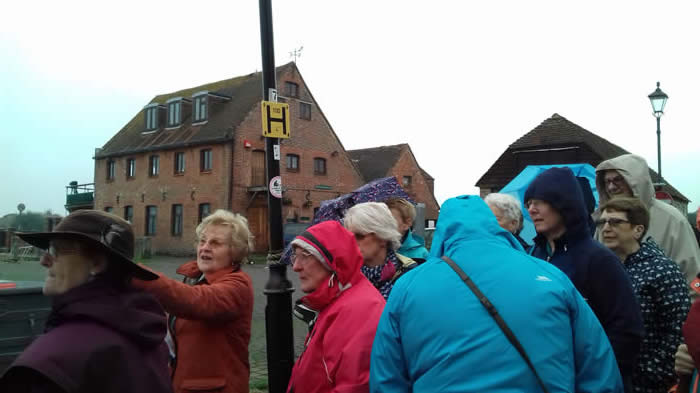
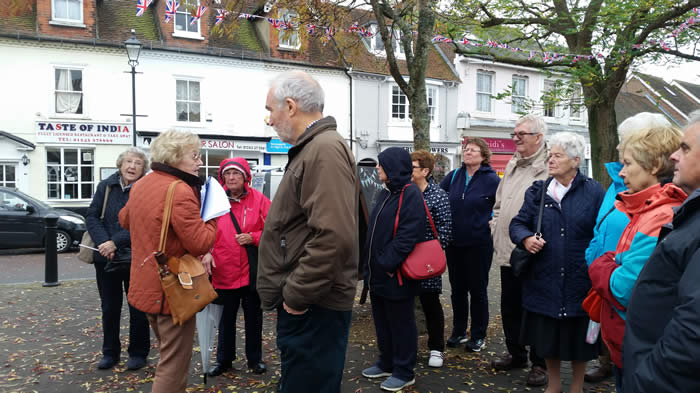
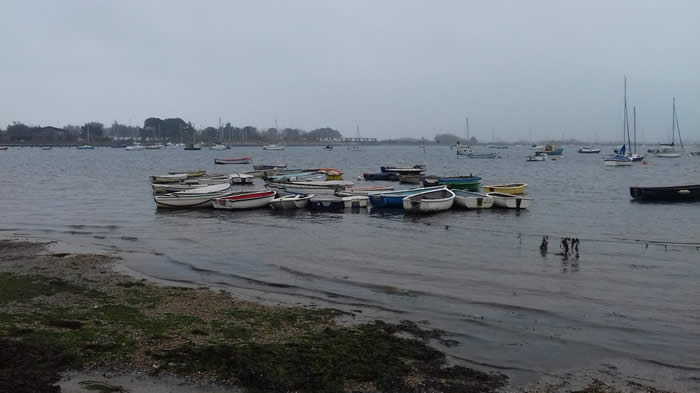
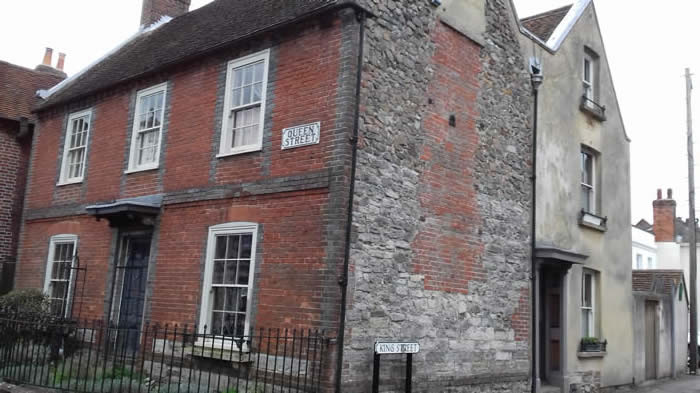
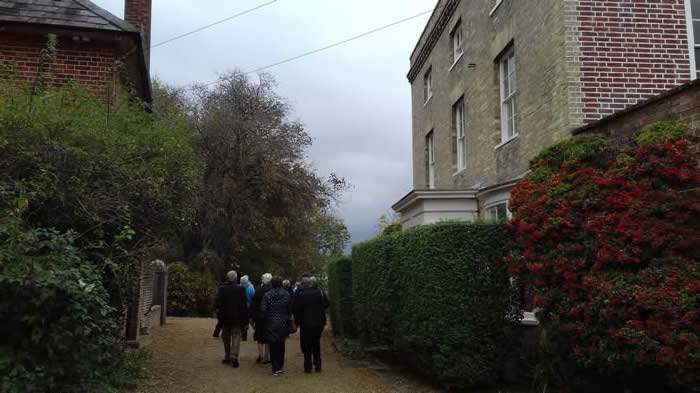

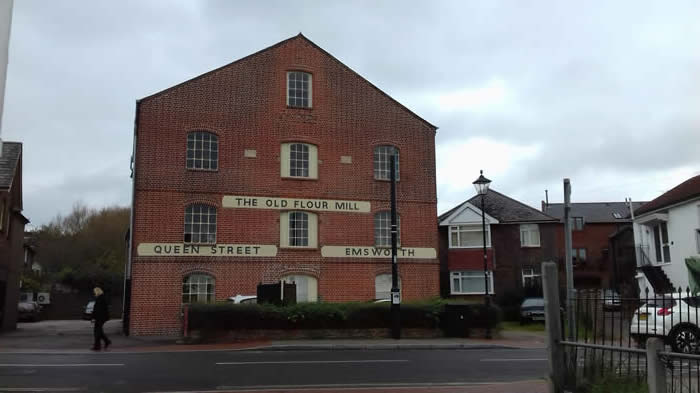
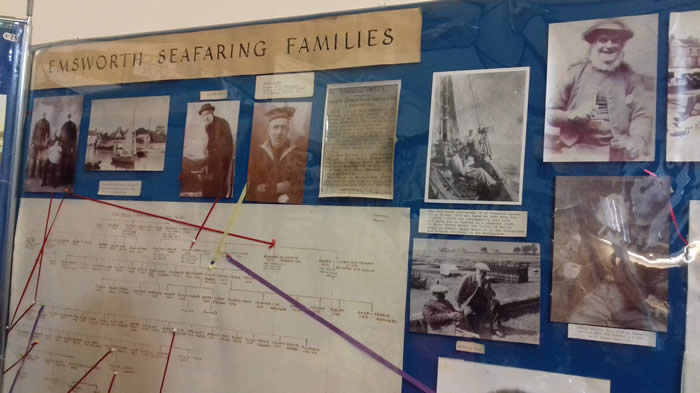
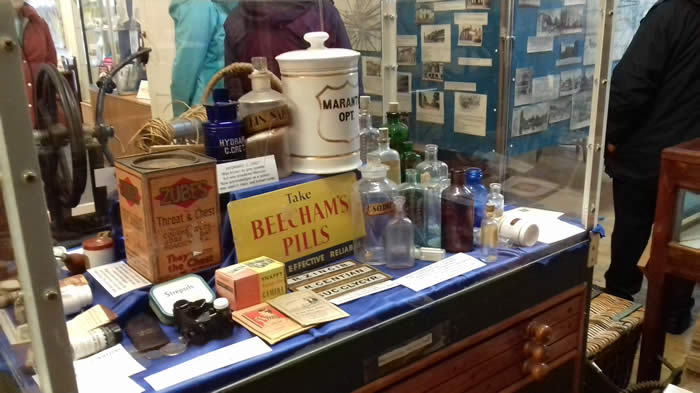
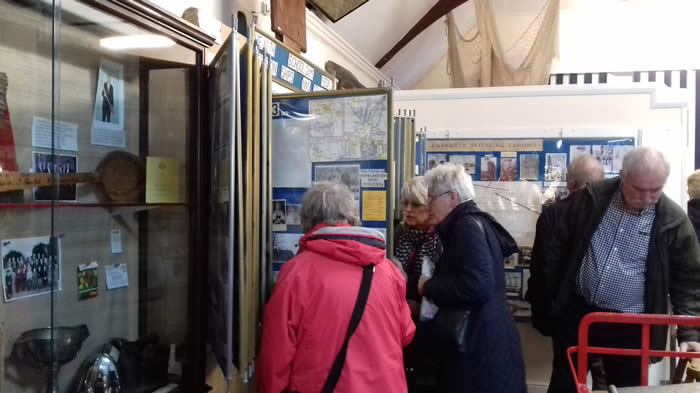 .
.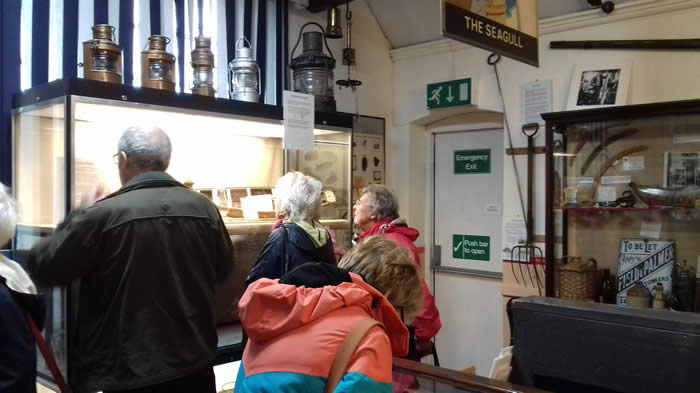
21st September 2017
Guided Tour of Chawton House, Alton
Even the rain couldn't dampen the enjoyment of our visit to Chawton House and it's gardens. This Elizabethan House, once the home of Jane Austen's brother Edward, is still the family home. It is also the home of Chawton House Library, a registered charity with a unique collection of women's writing (1600-1830).
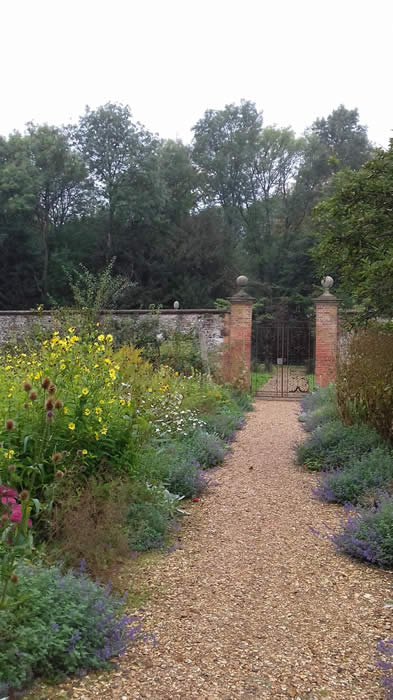
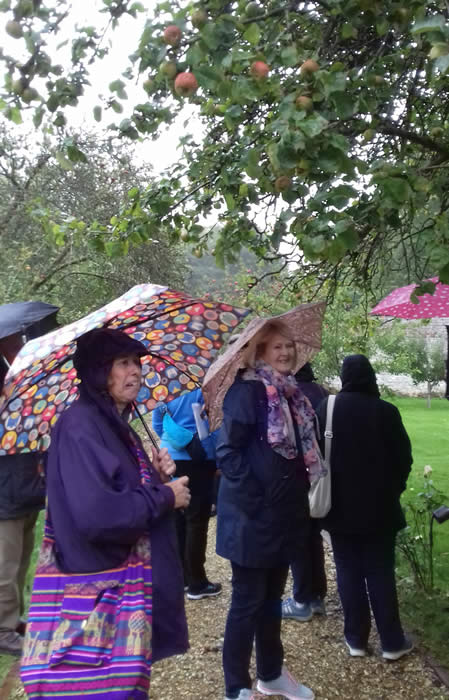
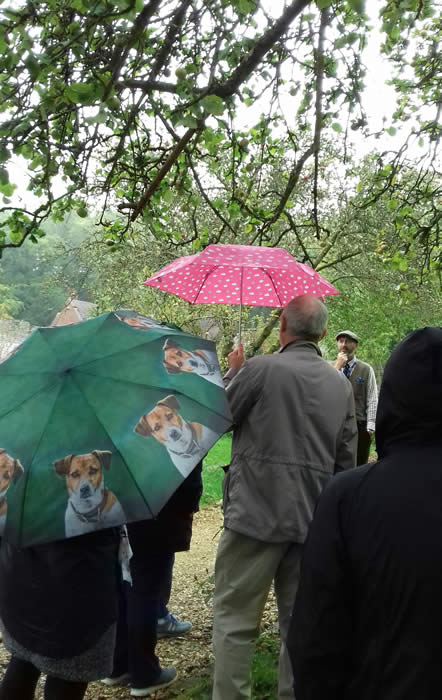
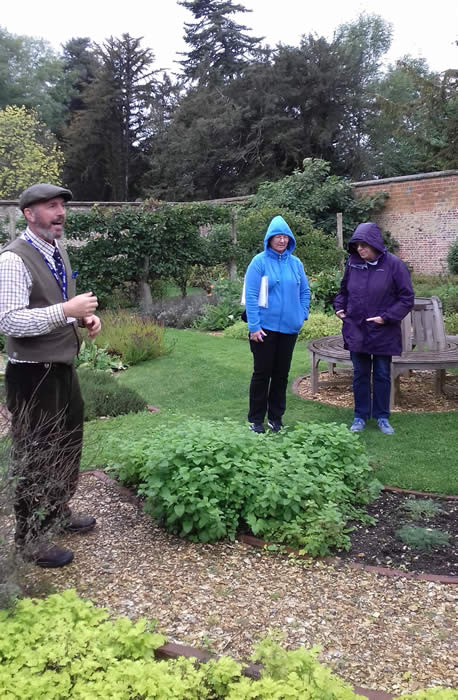
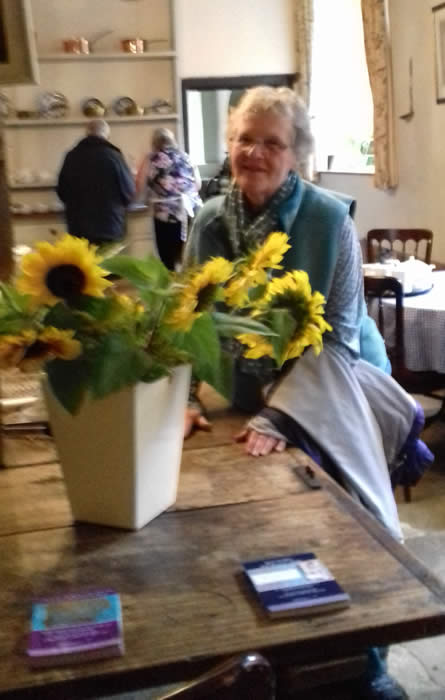
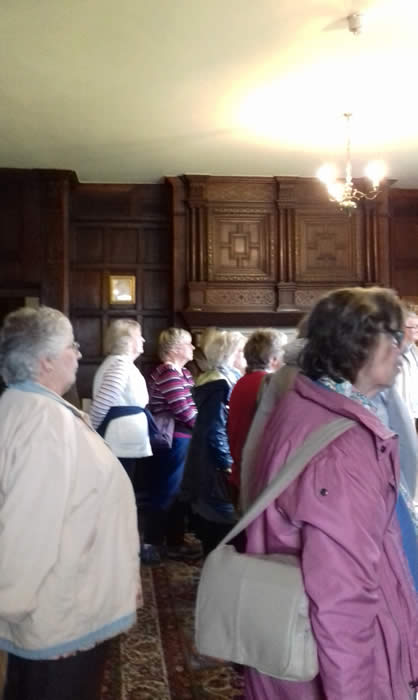
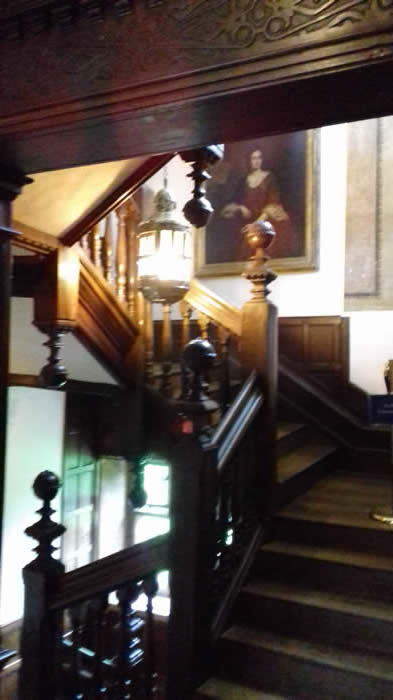
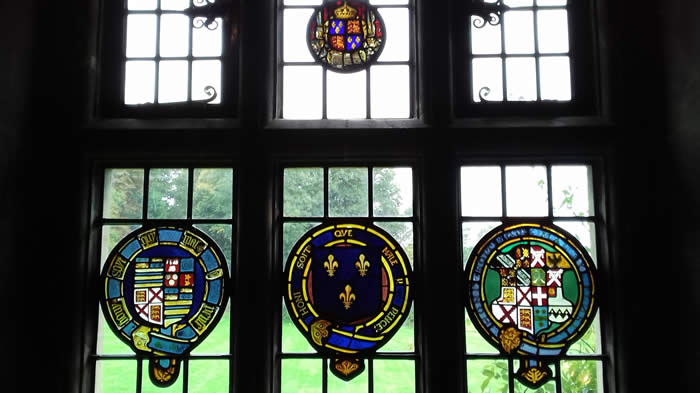
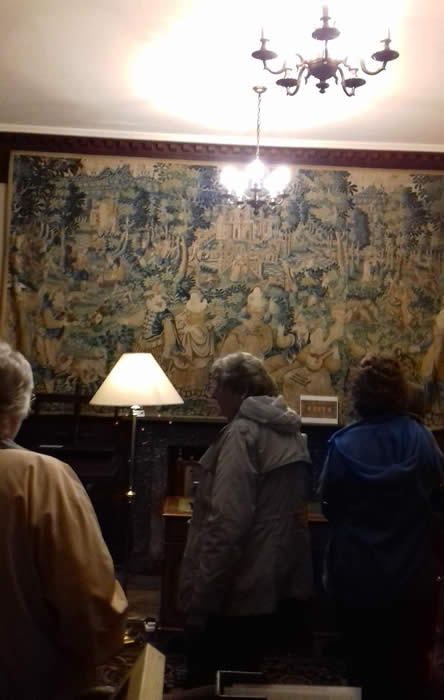
17th August 2017
Guided stroll on the History of Stokes Bay
We all enjoyed this guided stroll led by Terry Hinkley from Friends of Stokes Bay and Gosport Heritage. Stokes Bay has always played an important role in protecting Portsmouth Harbour through the many conflicts down the ages. Tea and cake was also enjoyed in the Bayside Cain Café.
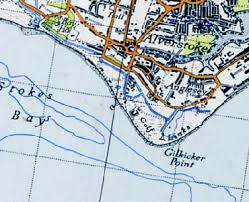
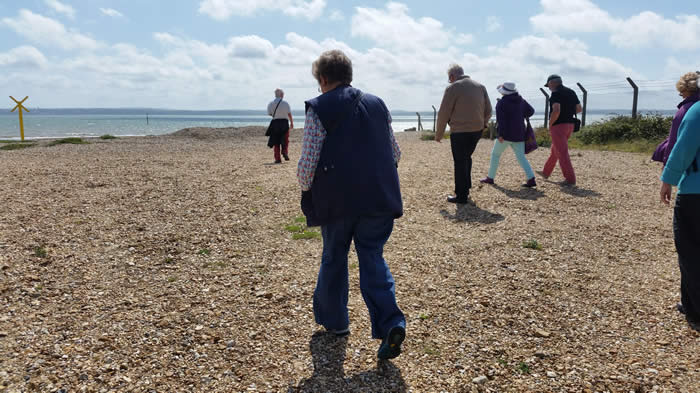
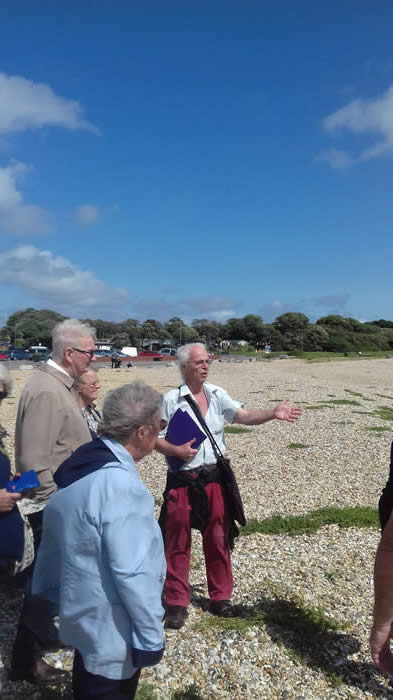
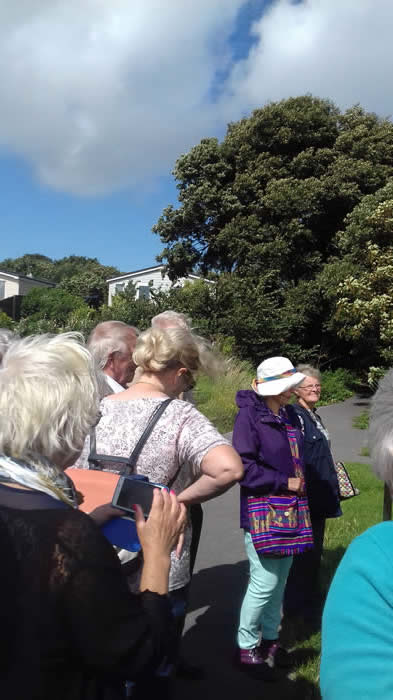
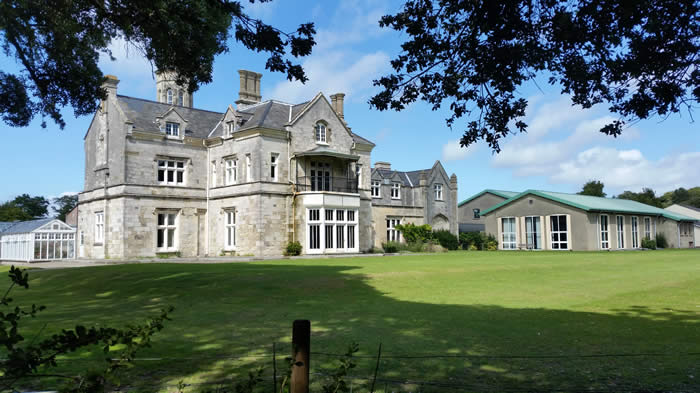
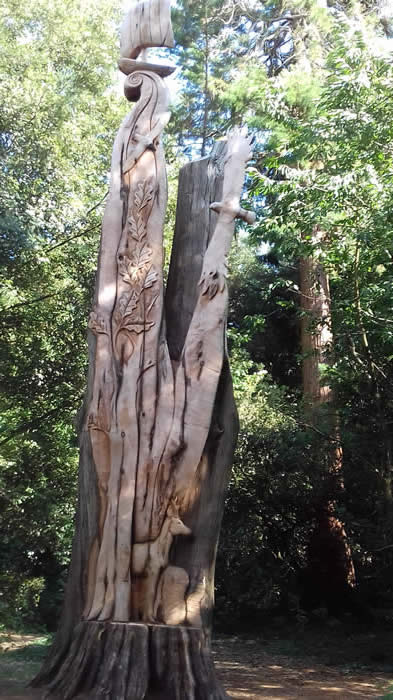
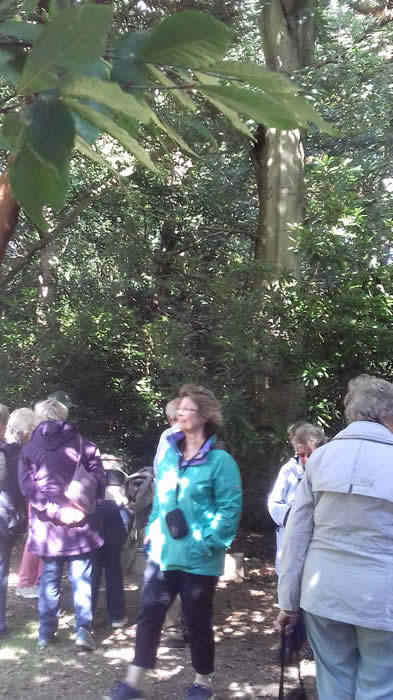
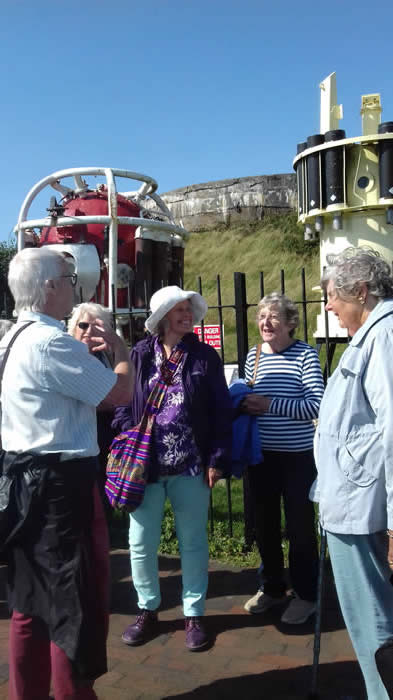
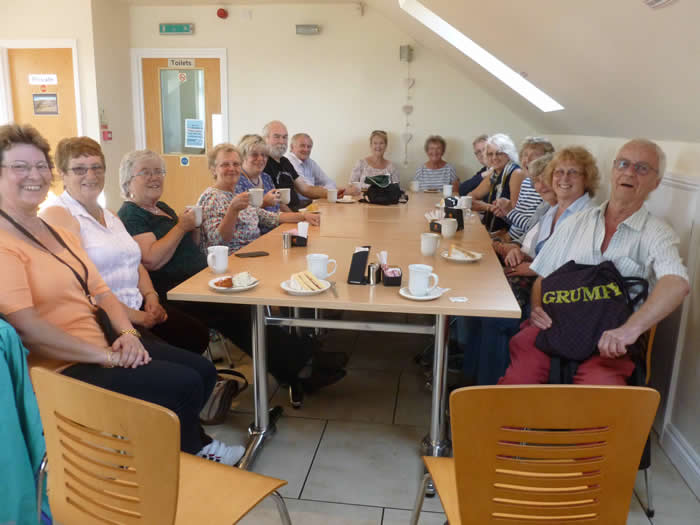
20th July 2017
Visit to the Royal Garrison Church and an "investigative" walk in Old Portsmouth
Our afternoon started off with a visit to the historic Royal Garrison Church in Old Portsmouth. It was built in about 1212 by the Bishop of Winchester as part of a hospital and hostel for pilgrims. There are so many wonderful works of art. It is a lovely little church and definitely worth a further visit. We continued our afternoon with a Quiz, devised by our very own Libby, which was great fun. Wandering around Spice Island trying to answer questions of an historical nature proved easier for some than others!! But to round off our visit we all enjoyed tea in The Pembroke.
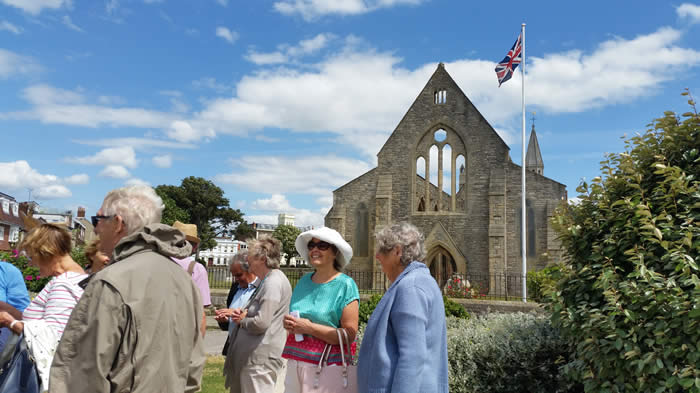
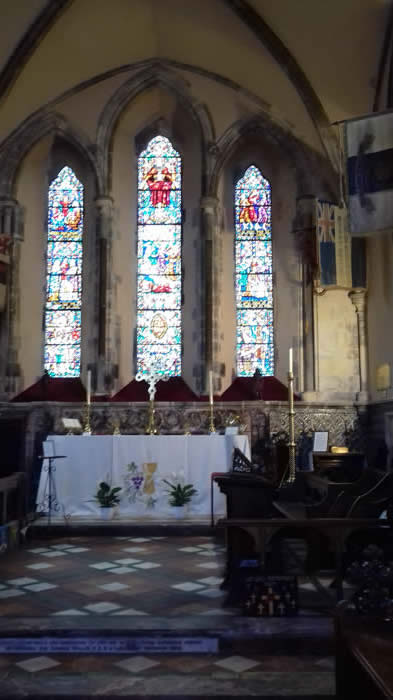
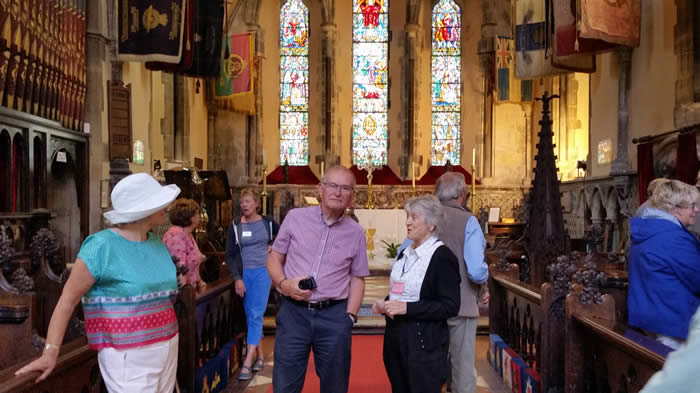
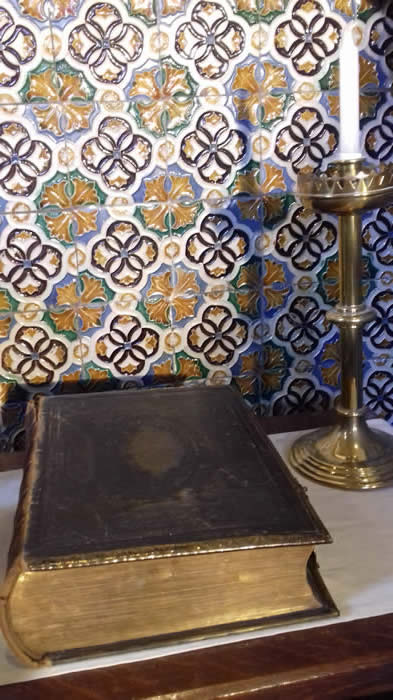
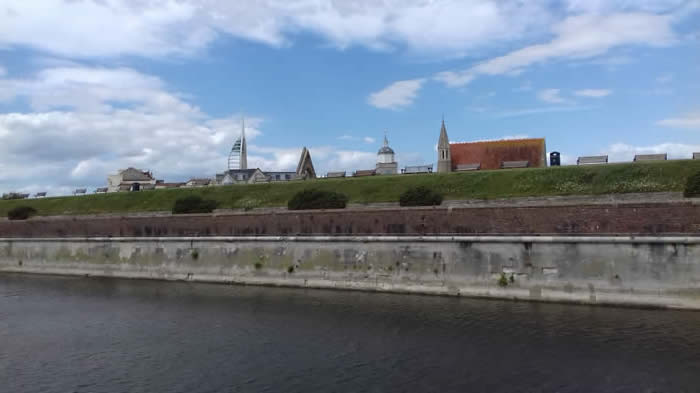
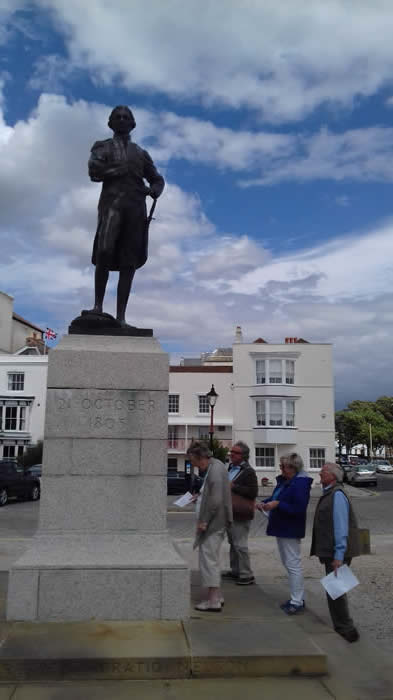
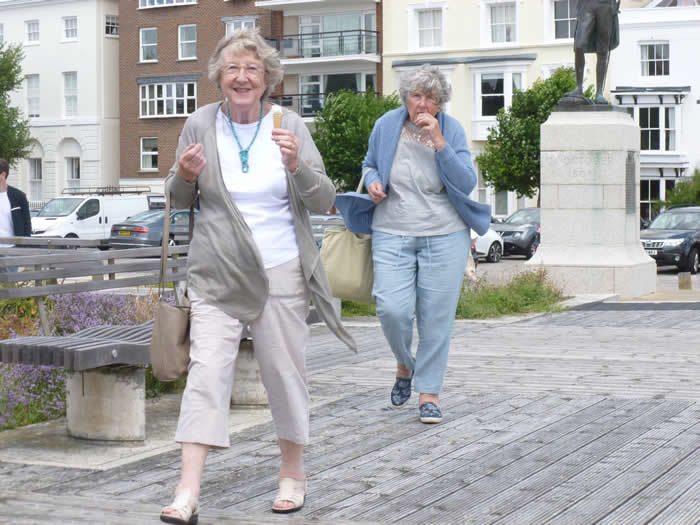
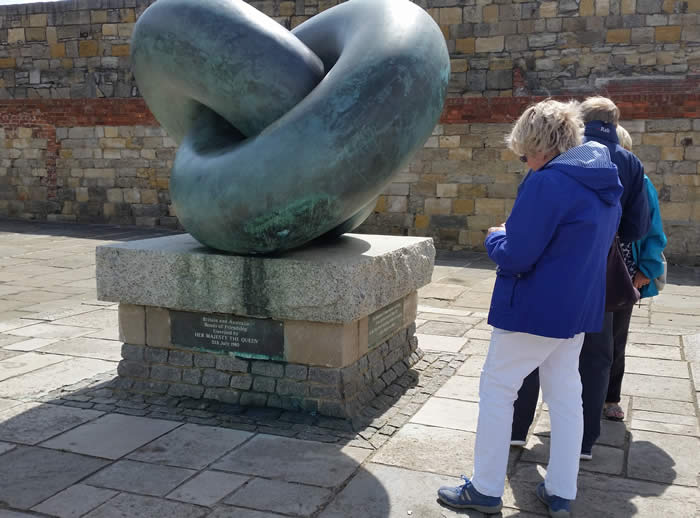
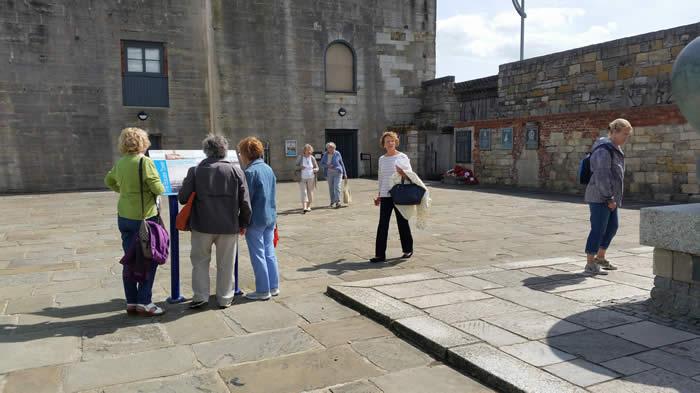
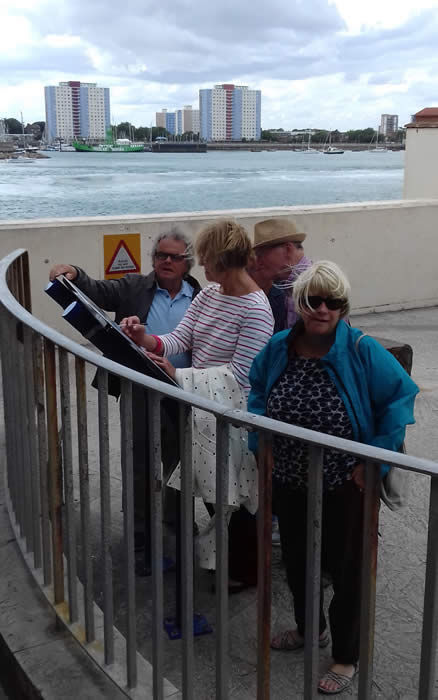
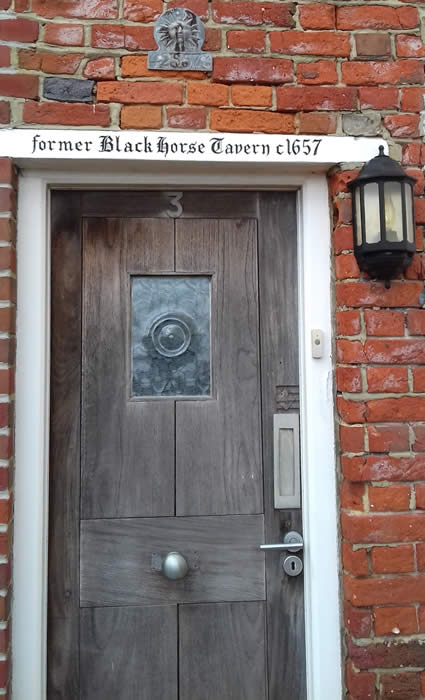
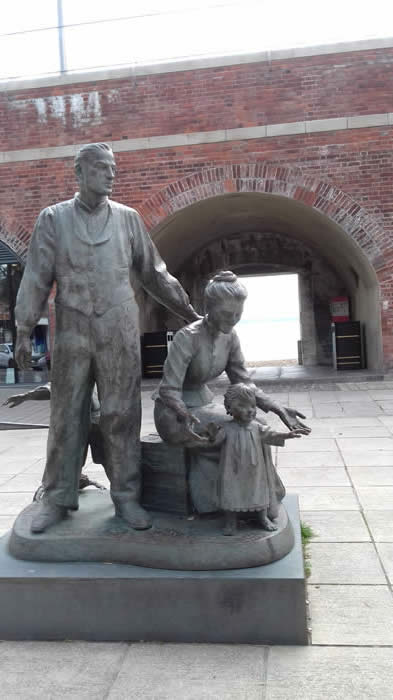
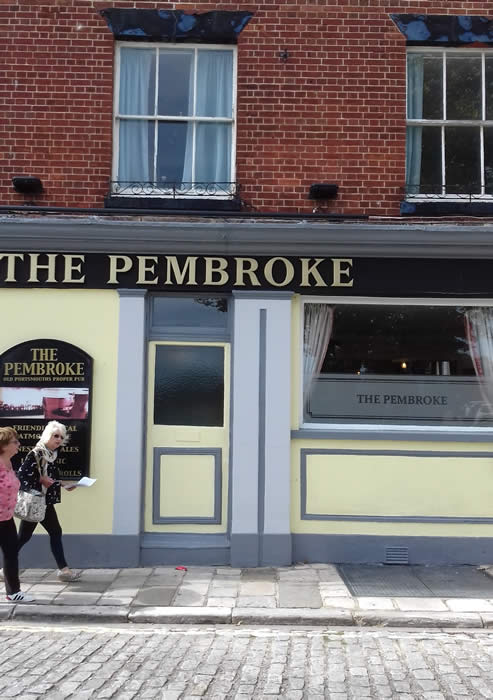
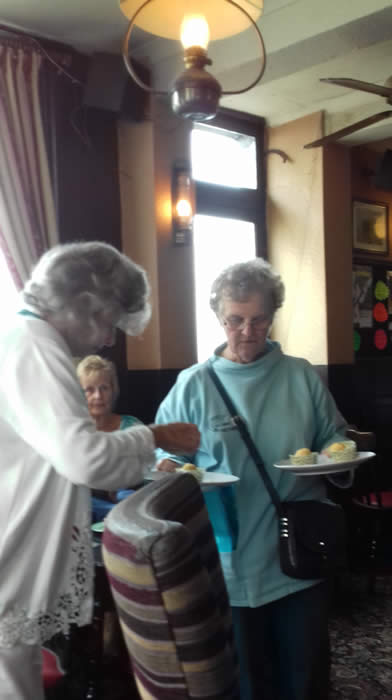
15th June 2017
Escorted tour of Twyford Waterworks
Twyford Waterworks is an Edwardian pumping station with a unique array of buildings and machinery. A collection of steam, diesel and electric pumps help to tell the story of water extraction, softening and supply over the last 100 years. Restored by the Twyford Waterworks Trust and run by a team of 40 volunteers, it is described by English Heritage as ‘exceptional’ The site contains nearly all of its original equipment, including five large lime kilns, a water-powered narrow gauge incline railway and the entire water softening process.
25 of us enjoyed a large picnic in the grounds before the tour round. The water softening process must have been very hazardous with men shovelling quicklime into tanks. The pumps and steam machinery were impressive engineering at a time when pride in your work was exemplified by your name emblazoned on a brass plate and the range of huge spanners for maintenance specially made for each job on display. The site is worth a second visit if only to enjoy the rare plants and birds that flourish there.
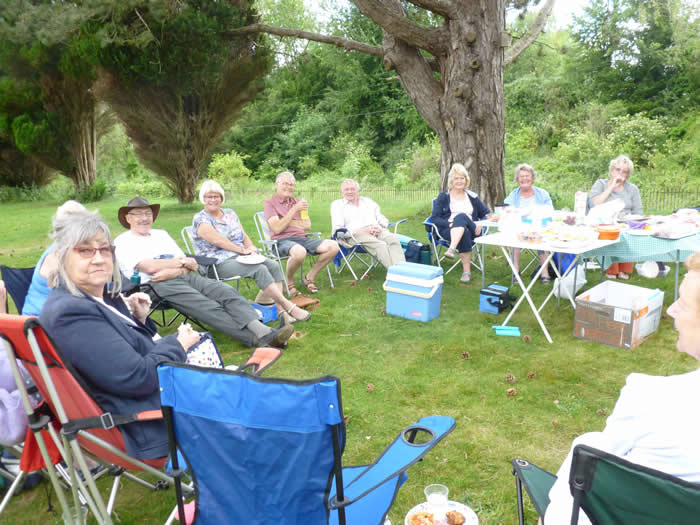
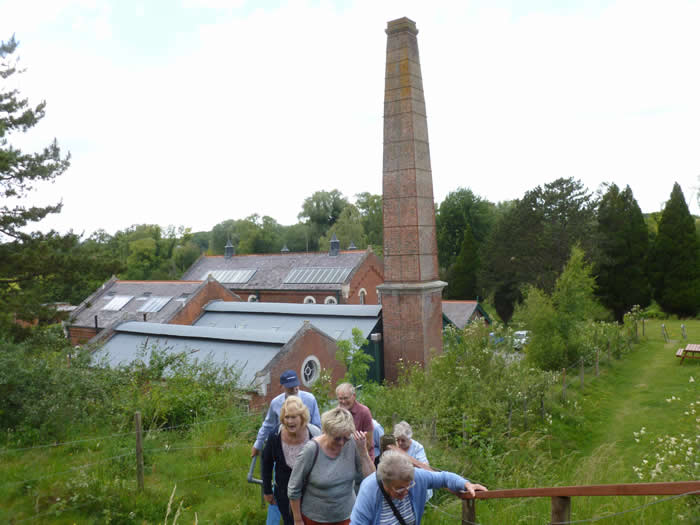
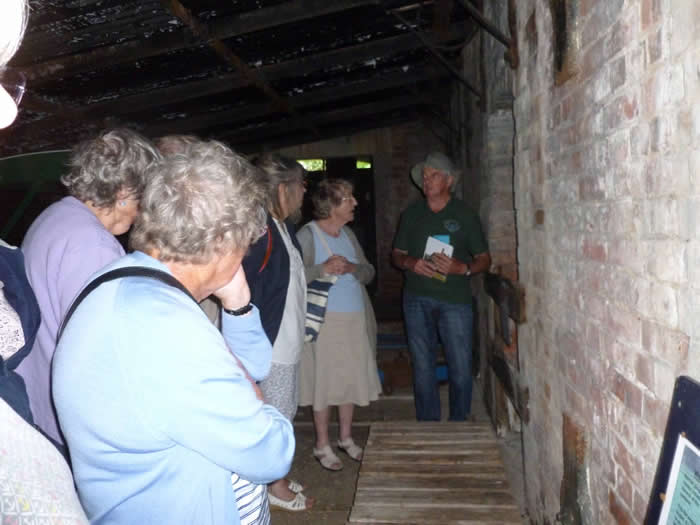
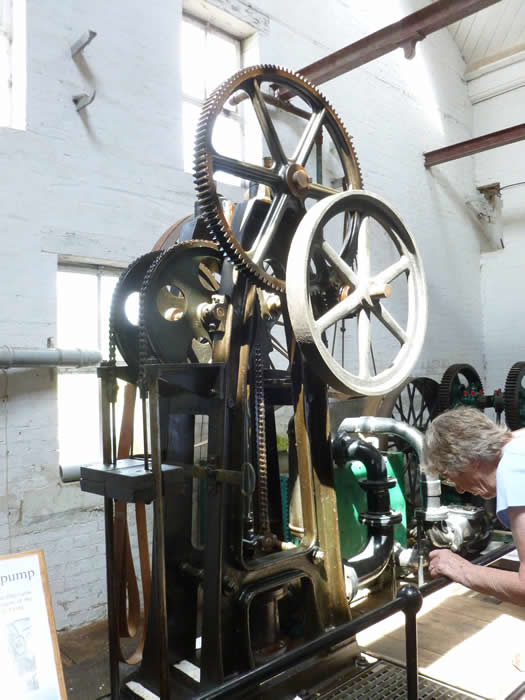
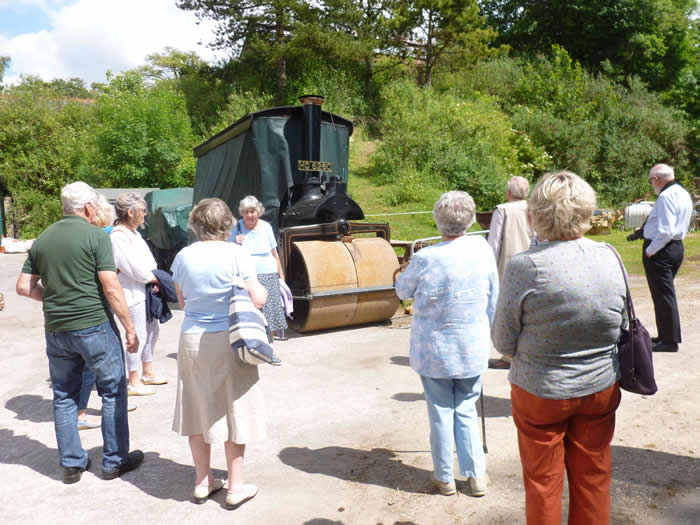
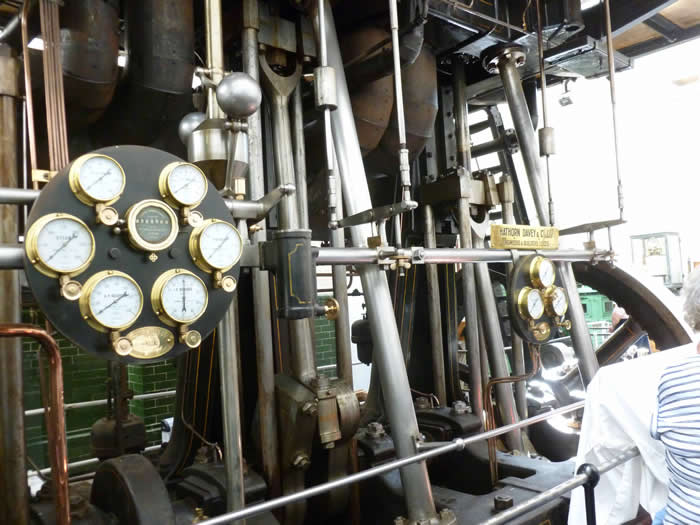
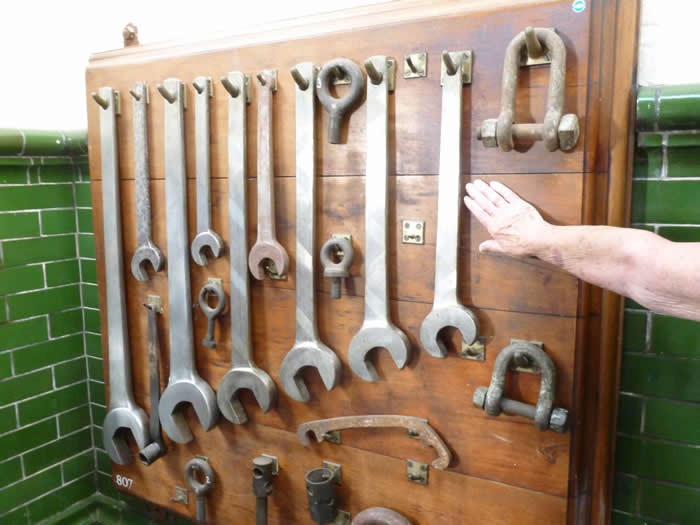
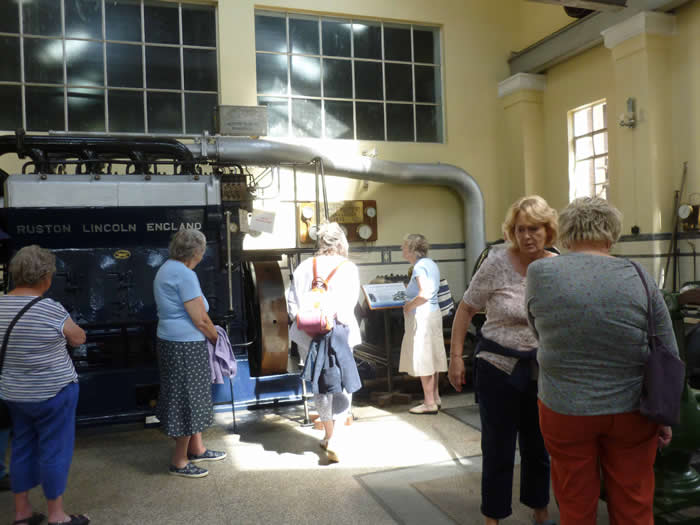
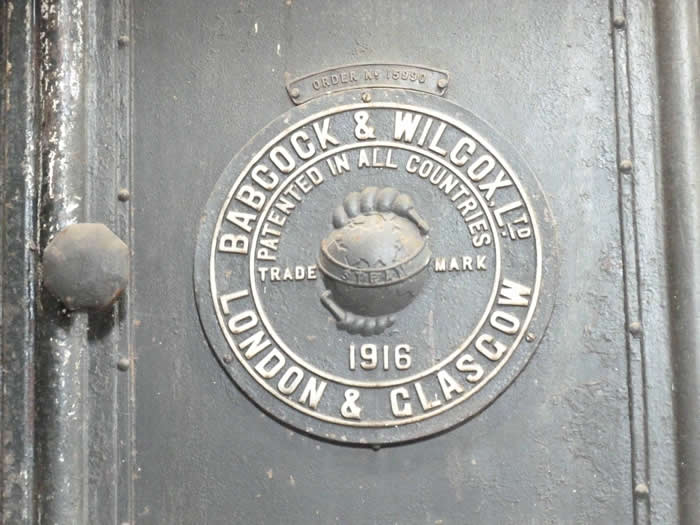
18th May 2017
Fort Widley Civil Defence Bunker
Fort Widley was built in 1861 as part of Palmerston's ring of forts to protect Portsmouth Dockyard. A hundred years later the period known as the Cold War developed between the USA and the USSR after World War 2 and for many the possible use of nuclear weapons was the most worrying issue. In 1953, as part of Civil Defence Control, a Civil Defence Bunker was established for Portsmouth at Fort Widley, utilising the main magazine and the ground floor of the barracks block. We were allowed access to this bunker, which is not open to the public, by kind permission of Barbara and Bruce Graham, LH2 members, who, along with the Chairman of the Peter Ashley Activity Centres Trust Graham Bryant, showed us around. It was a sobering insight into the preparations made for possible Armageddon which, thankfully, did not materialise.
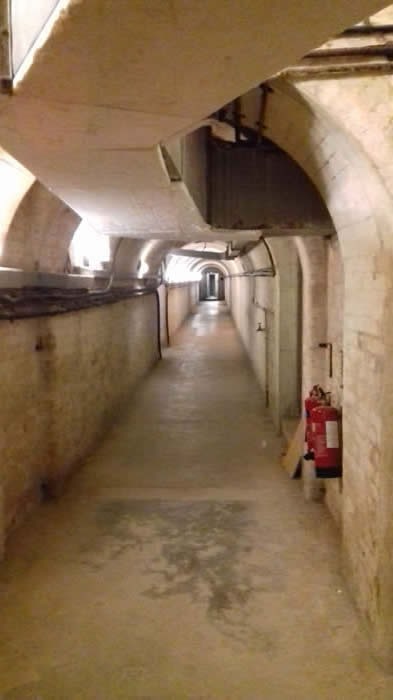
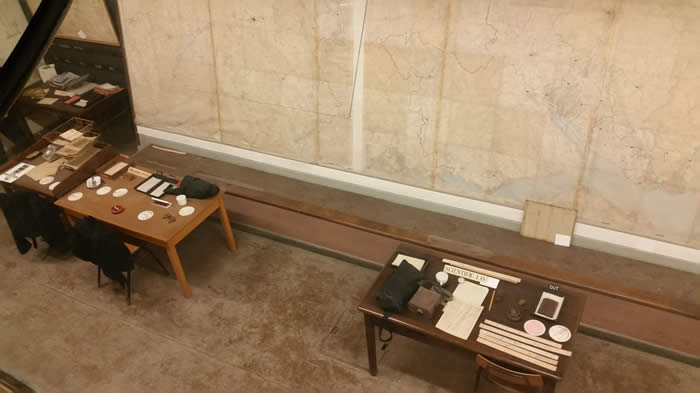
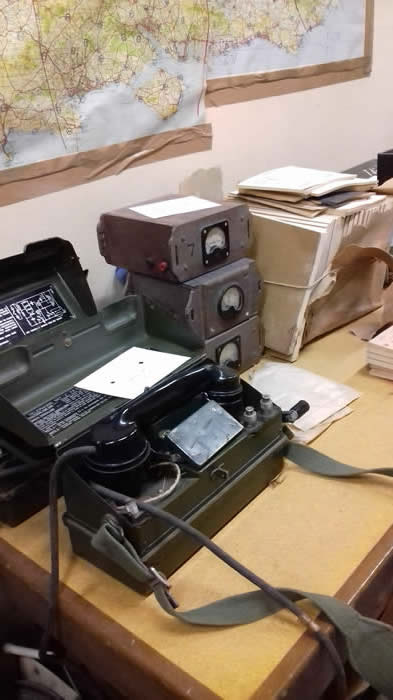
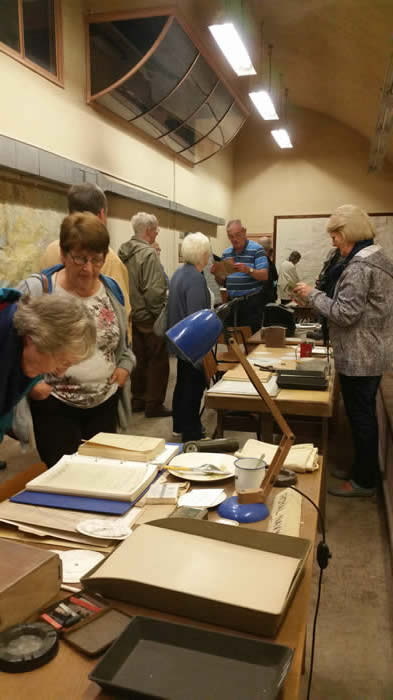
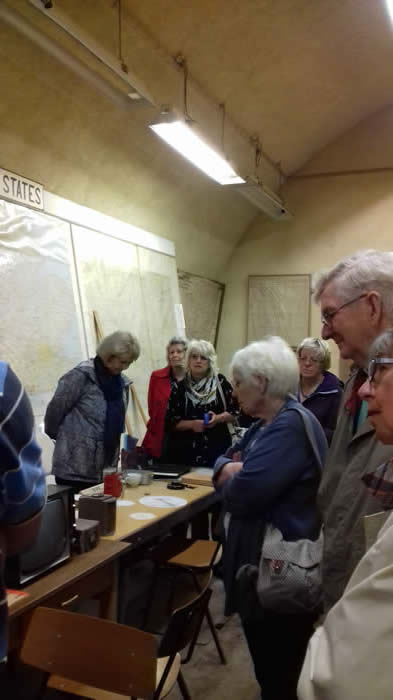
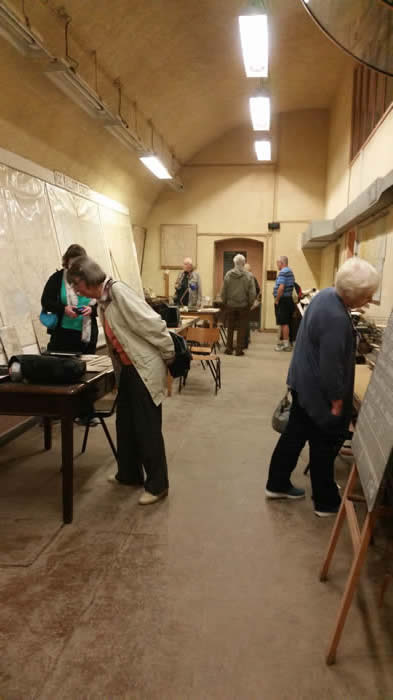
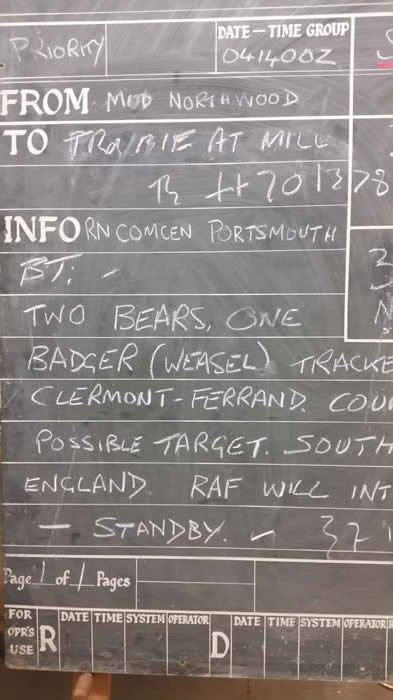
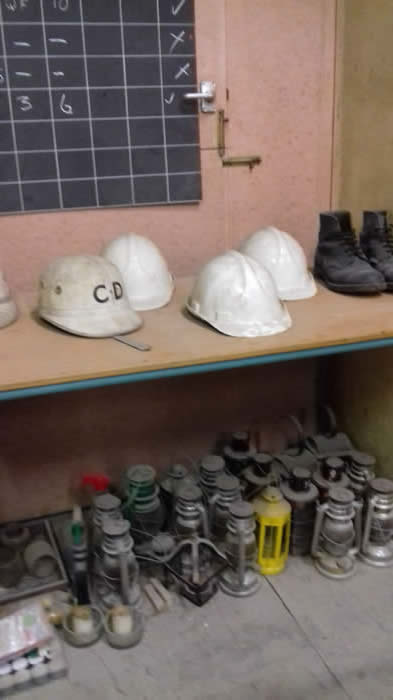
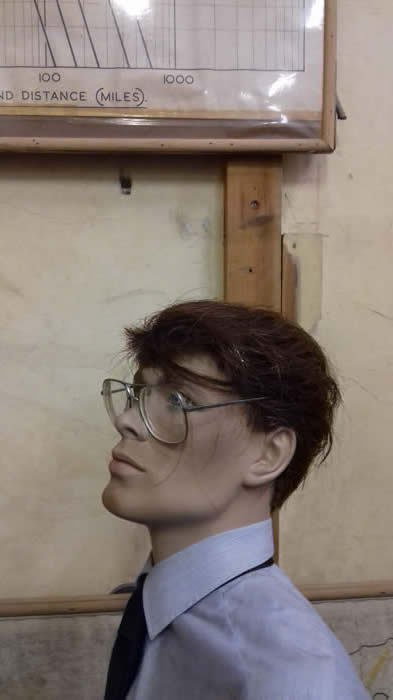
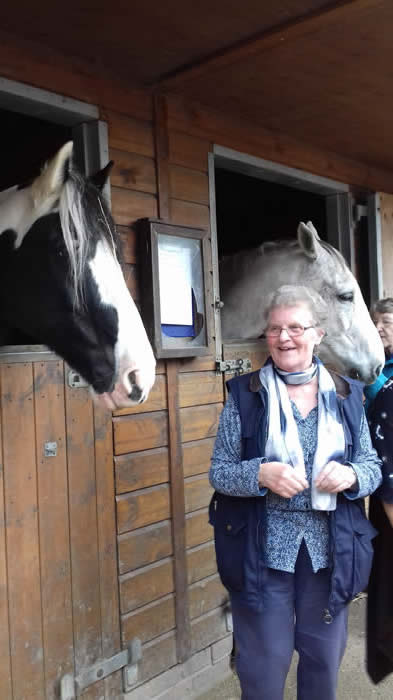
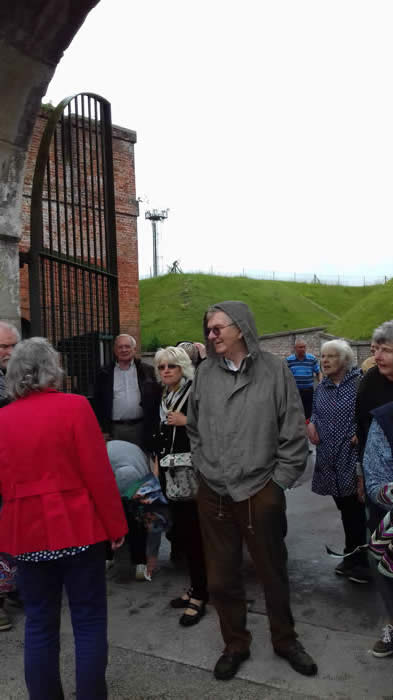
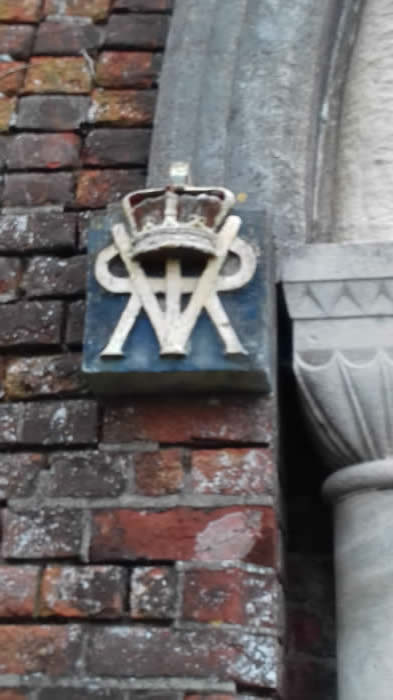
20th April 2017
Guided Tour of Winchester College
We gathered at the appropriate Wykeham Arms for coffee and cake before our visit to Winchester College. Joan, our guide, gave us an informed tour of the historic buildings founded by William of Wykeham in 1387. It is now a world famous institution of 700 scholars but still contains the original chapel, dining hall, cloisters and Headmaster's chair. Beautiful modern sculptures by Peter Eugene Ball are present with medieval stained glass and student graffiti of days passed, giving the place a wonderful sense of long continuity.
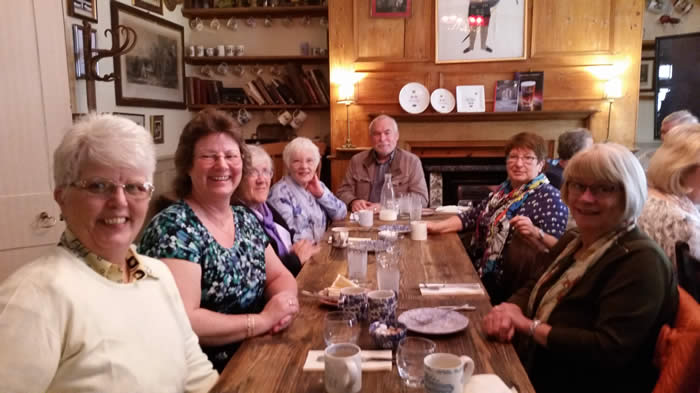
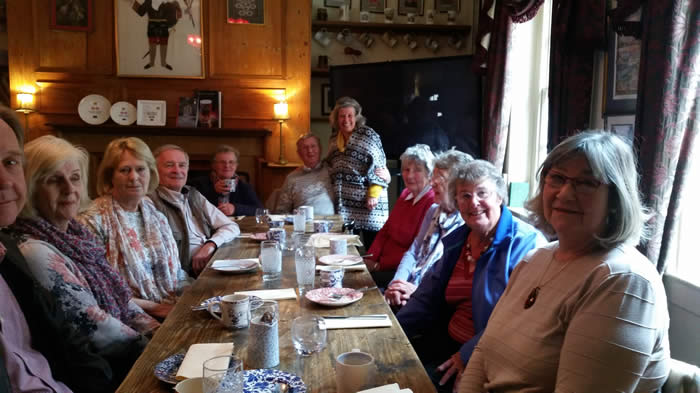
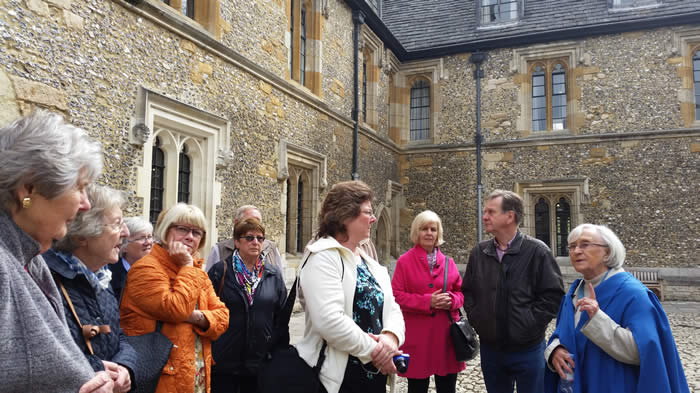
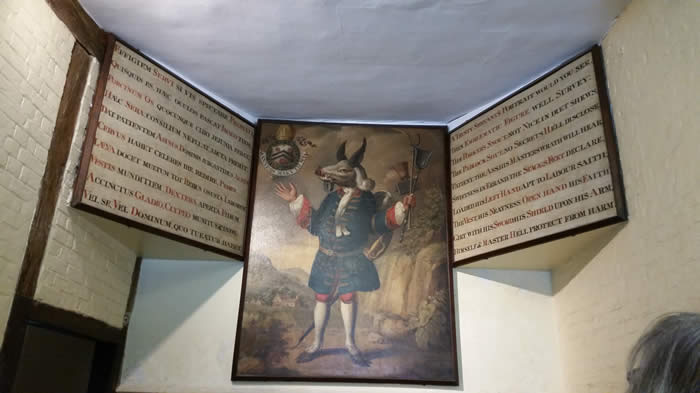
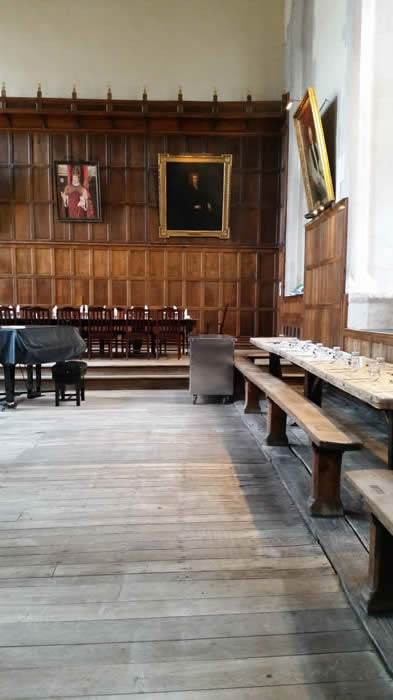
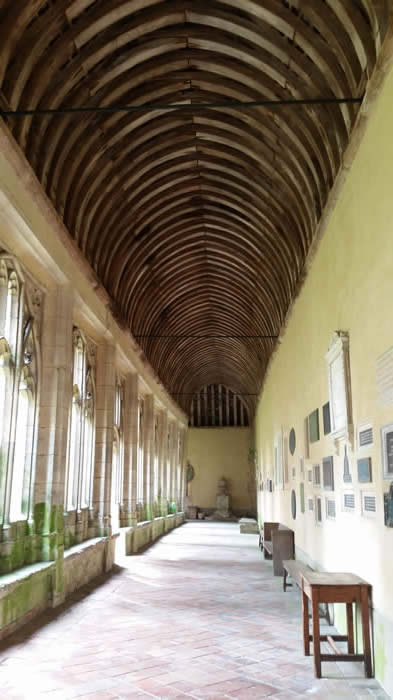
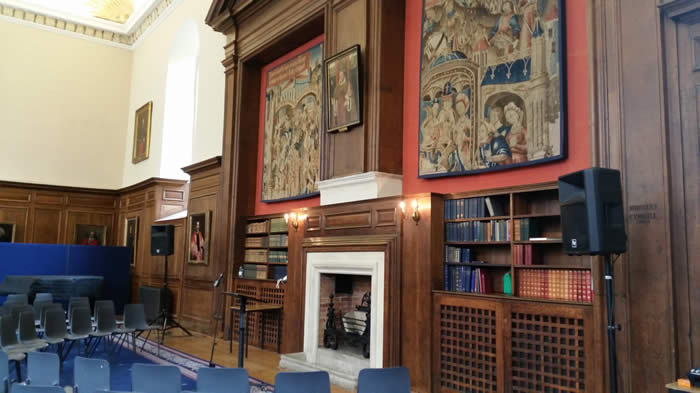
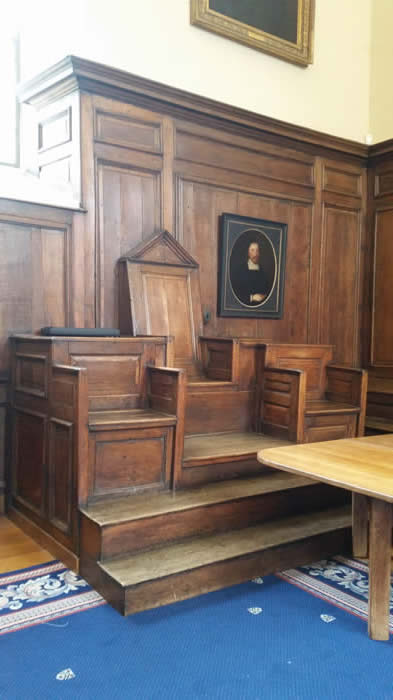
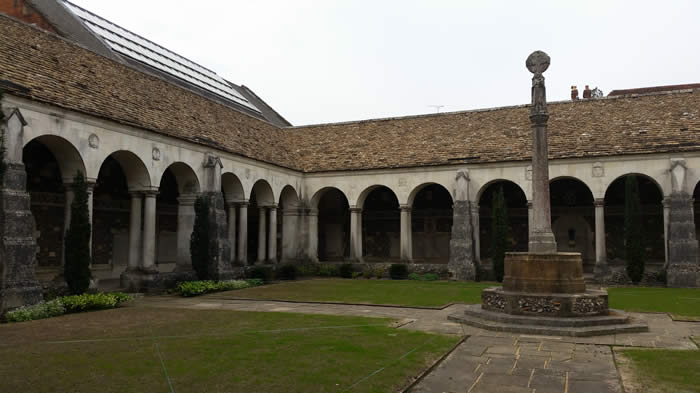
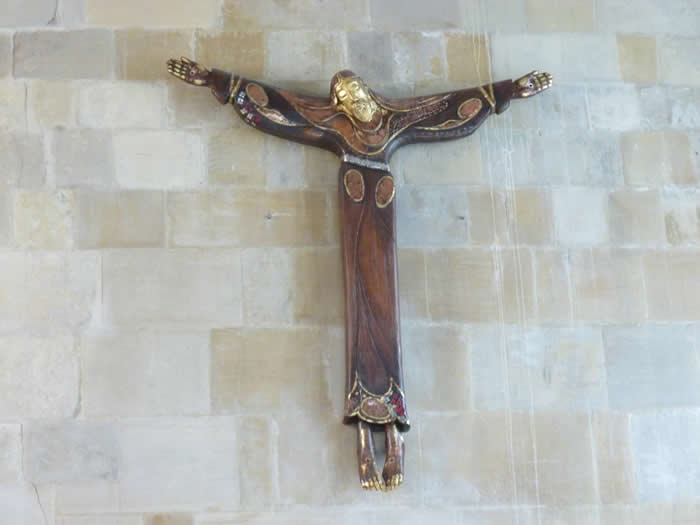
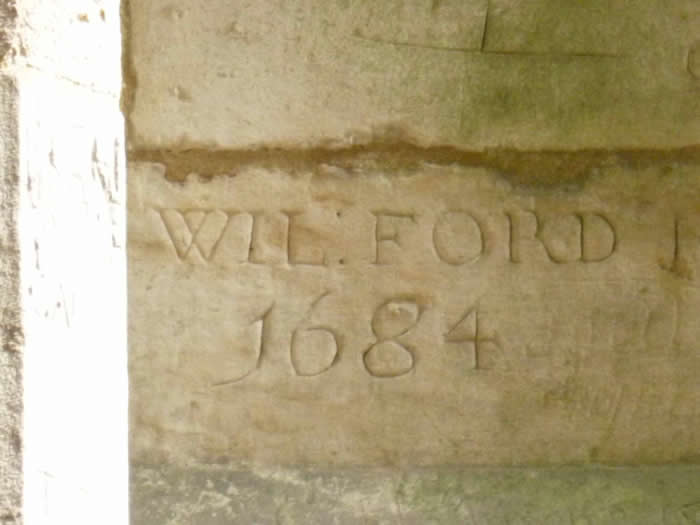
16th March 2017
The History of The Forest of Bere - Talk by Roger Clooney
The Royal Forest of Bere was heavily wooded with agricultural clearings and covered an area stretching from the River Test at King's Somborne in the west through Hursley, Eastleigh (including Chandler's Ford), Bishop's Waltham, Denmead, Waterlooville to Rowland's Castle and the River Ems, Emsworth and by the Sussex Border Path in the east. The forest was used as a source of oak for the navy to use in shipbuilding.
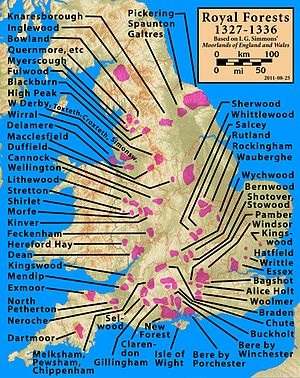
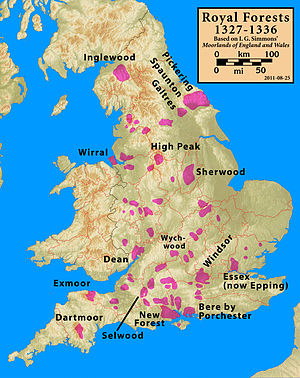
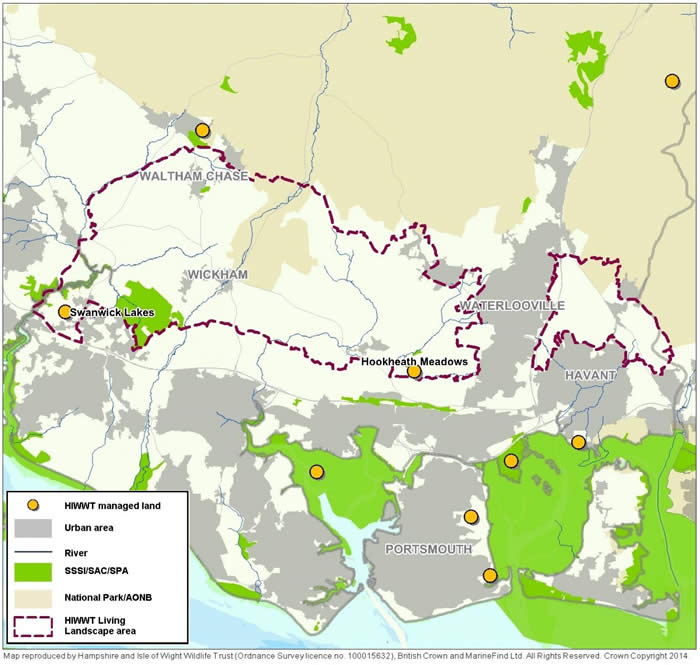
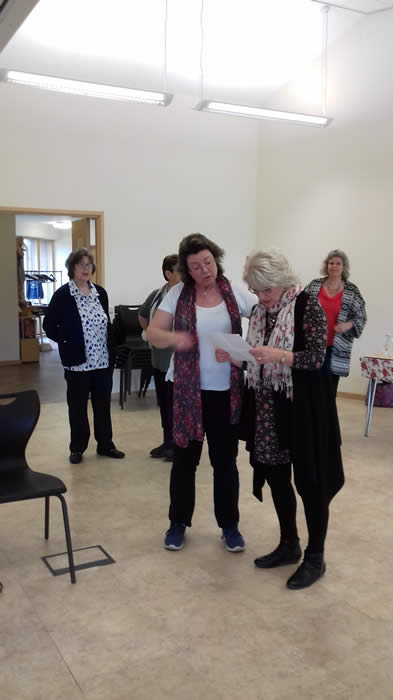
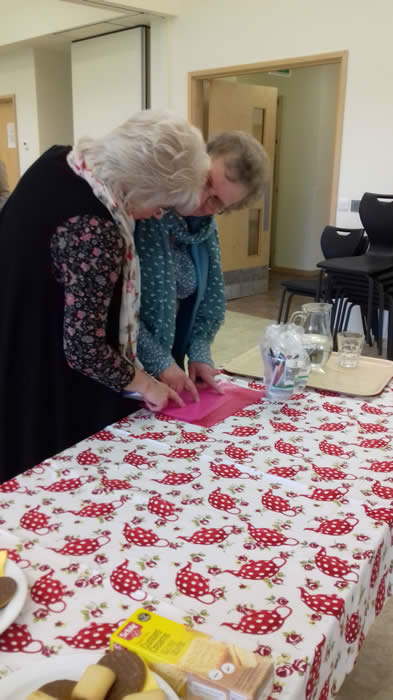
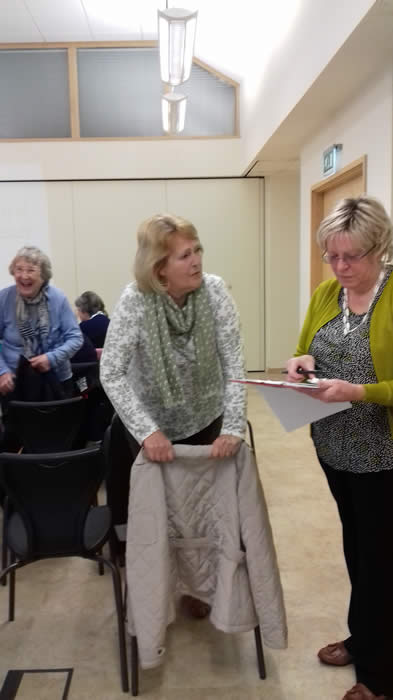
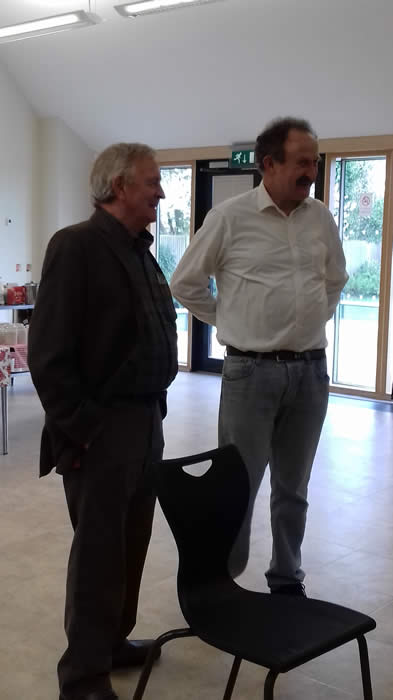
16th February 2017
Guided Tour of Chichester Cathedral
With our excellent guide, Jeremy Mudford, we were able to appreciate the many works of art in the Cathedral. Chichester Cathedral was founded in 1075 and is the 'Mother Church' of the Diocese of Chichester. There are two architectural features that are unique among England's medieval cathedrals - a free standing medieval bell tower (or campanile) and double isles. It was a thoroughly enjoyable visit as was having tea in the rather unique Cathedral Hotel at 4 Canon Lane.
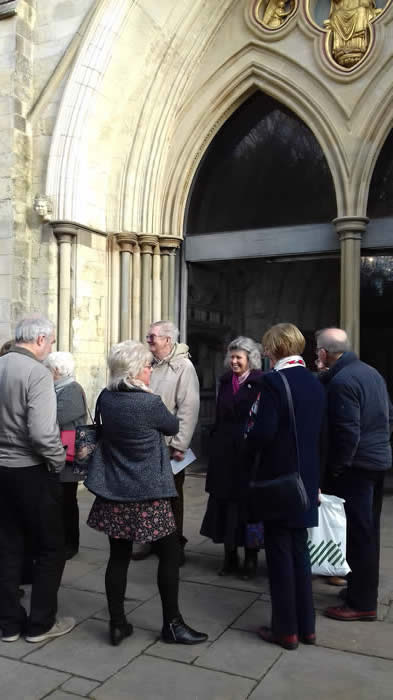
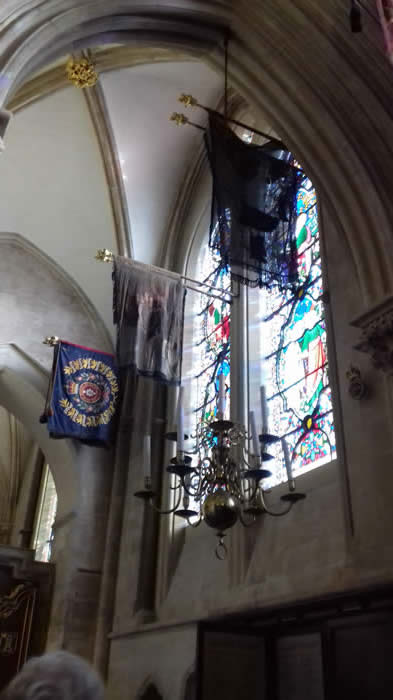
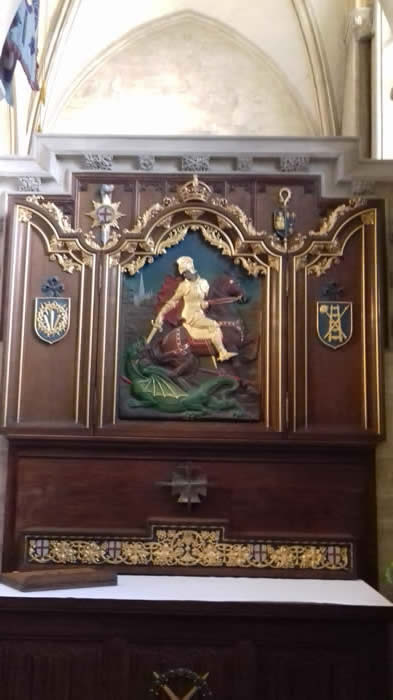
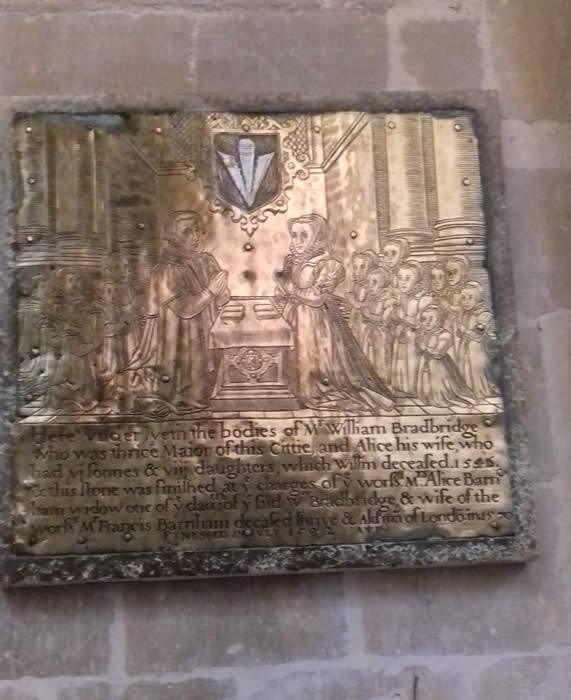
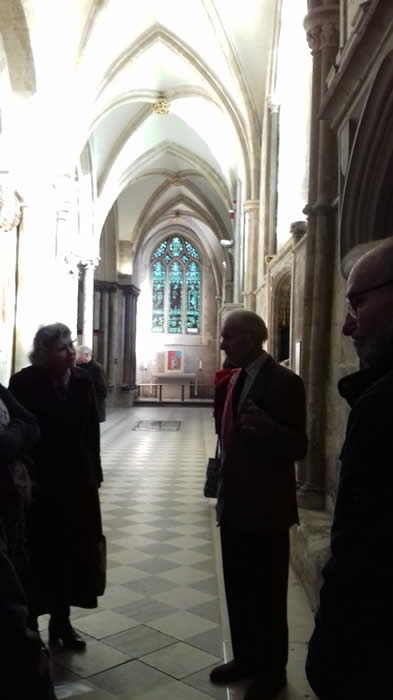
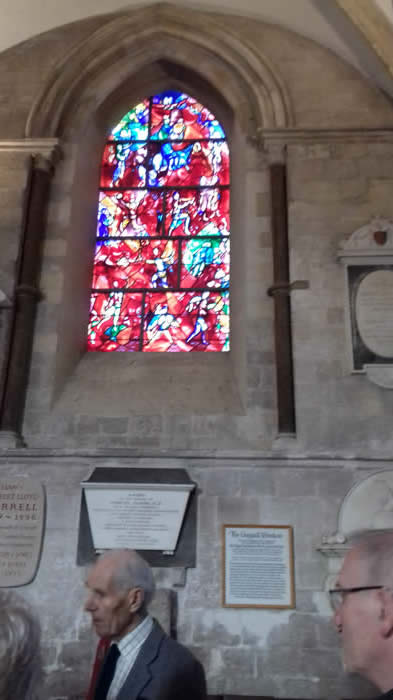
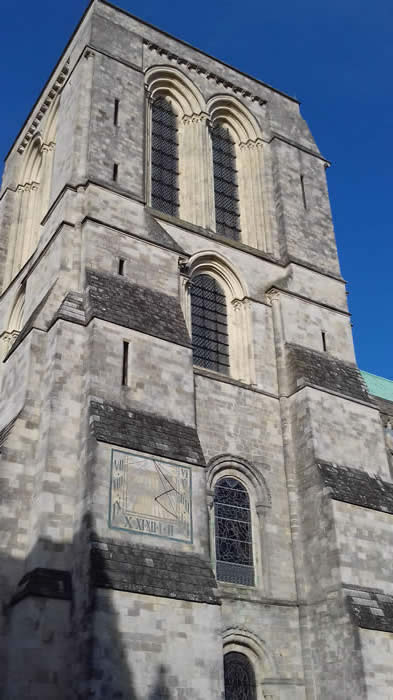
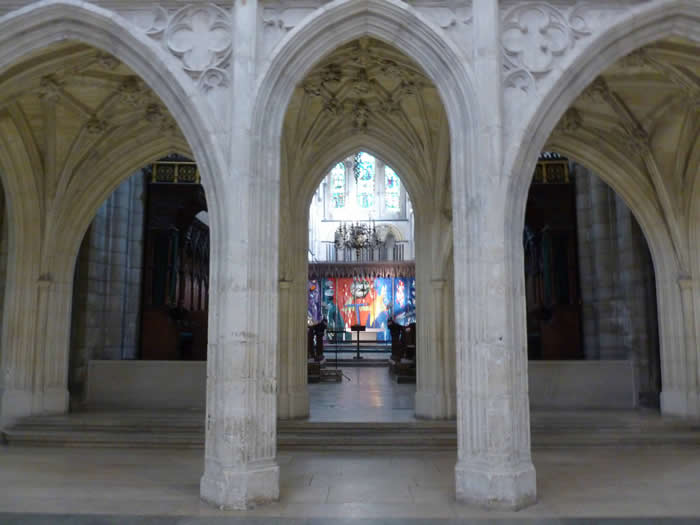
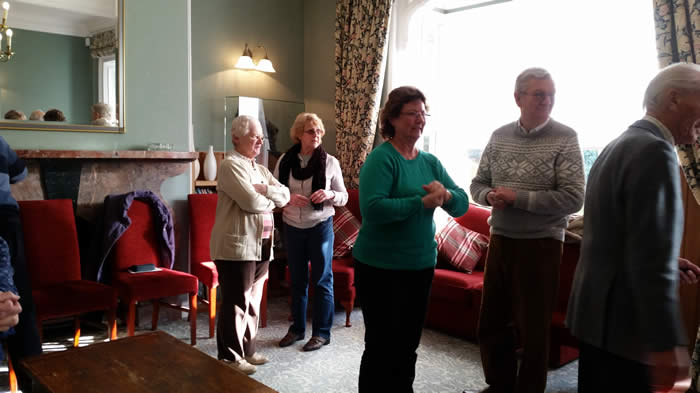
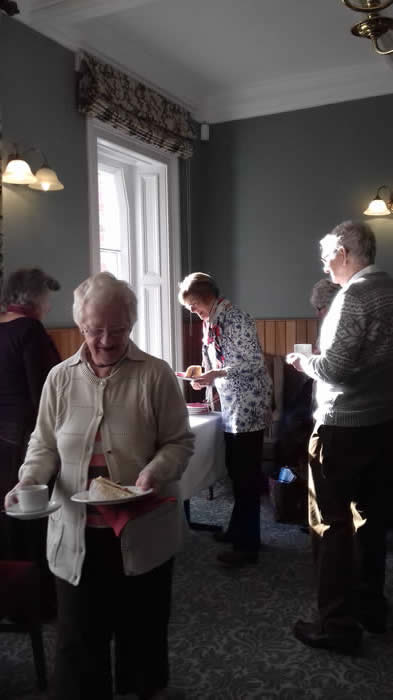
19th January 2017
History of Merchistoun Hall Talk by Marion Wade
You would be forgiven for thinking of Merchistoun Hall as just a community centre but it started out in the mid 17th century as the home of the Franklin family and it was Mr John Franklin who commissioned the building in or around 1752. It's original name was Qualletts Grove and over the years has had several different owners, but it was Sir Charles Napier who, when he bought the property in 1836, changed the name to Merchistoun Hall in honour of his family home in Scotland. During the Second World War the house and grounds became the headquarters for 30 Corps - an armoured unit of the Royal Artillery. When in the early 1950's the Hall came on the market again, it was purchased by Horndean Community Association for the princely sum of £5,000. It has been is constant use ever since, and as legend would have it, comes with it's very own ghost!
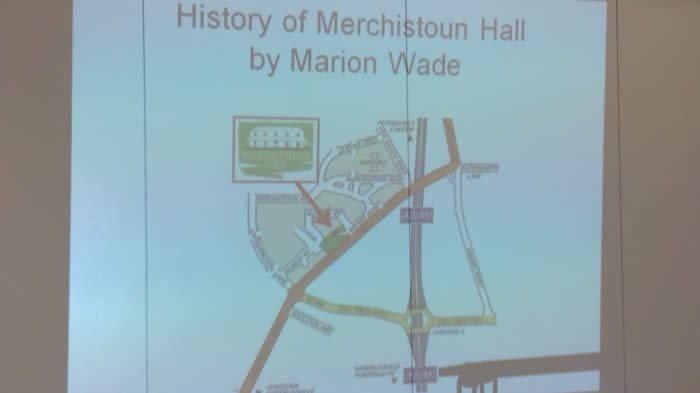
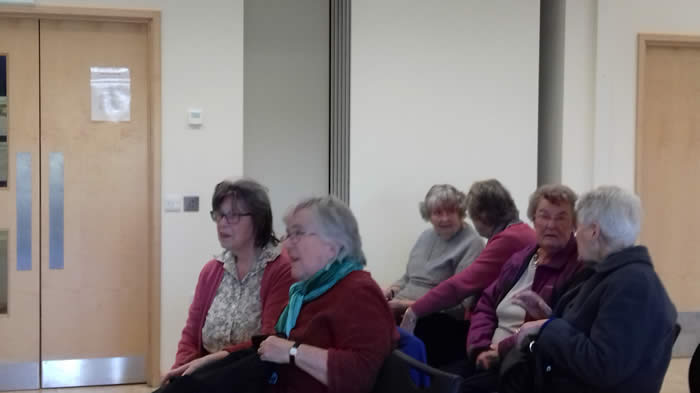
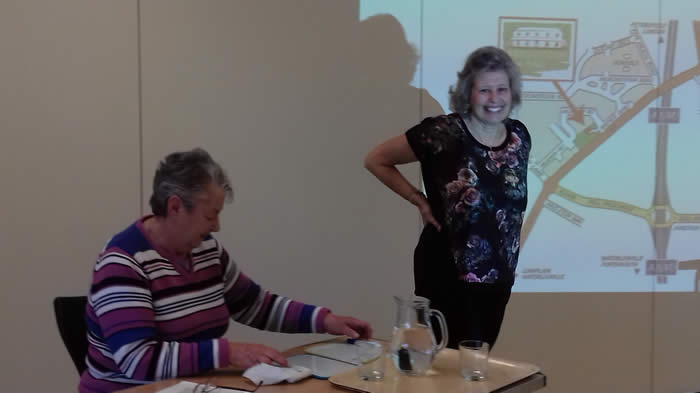
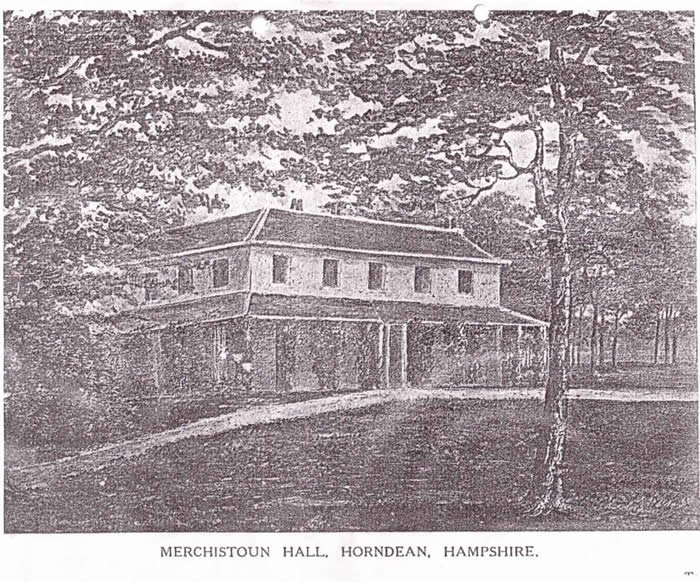
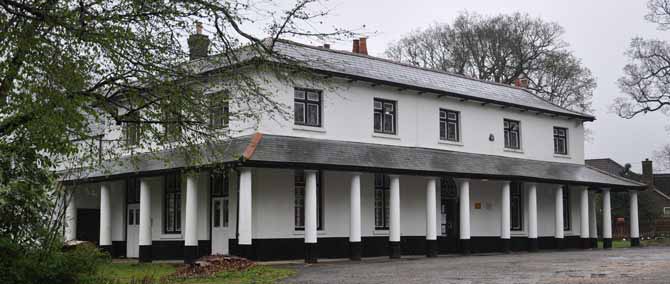
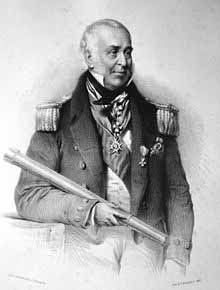
Sir Charles Napier

